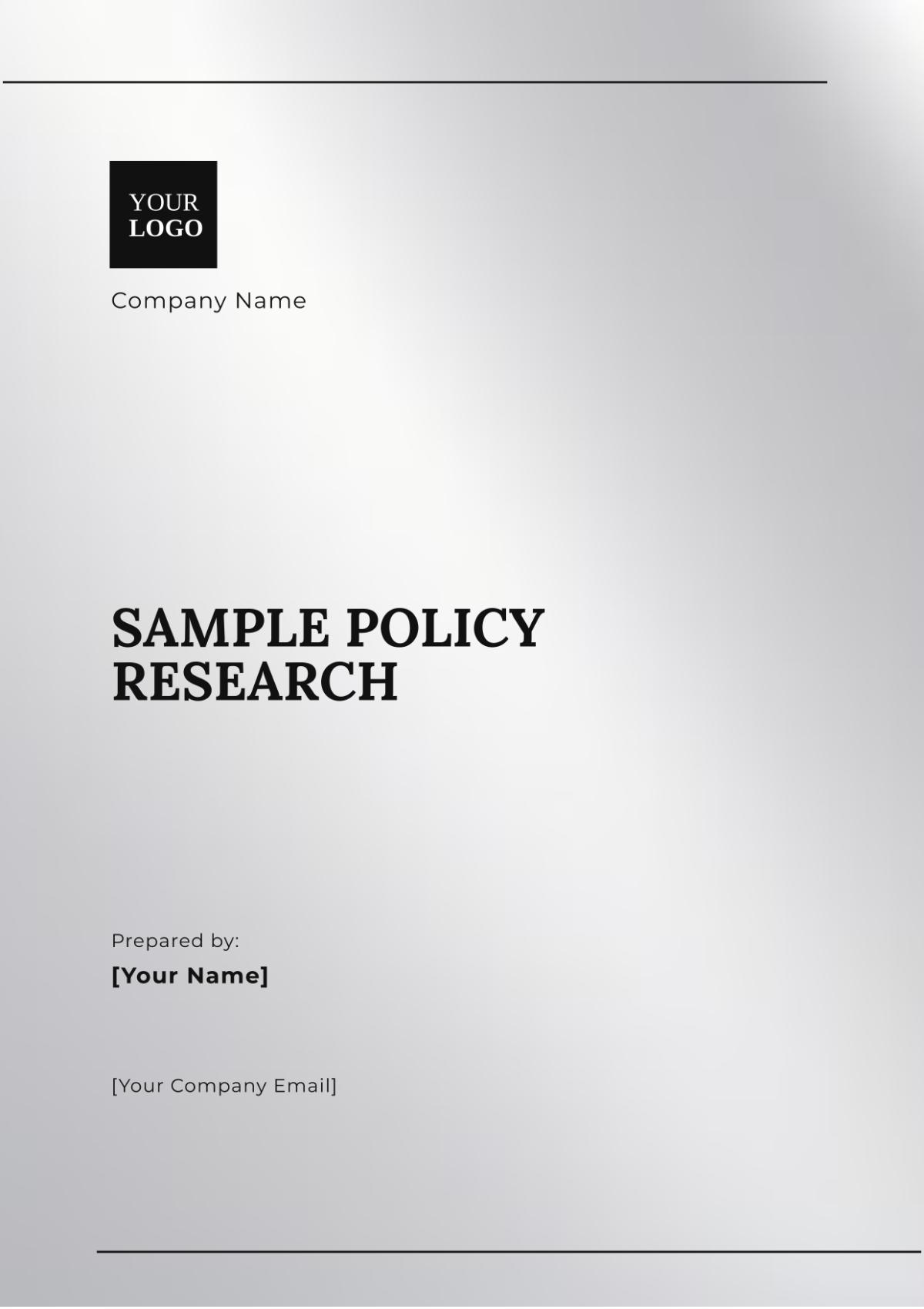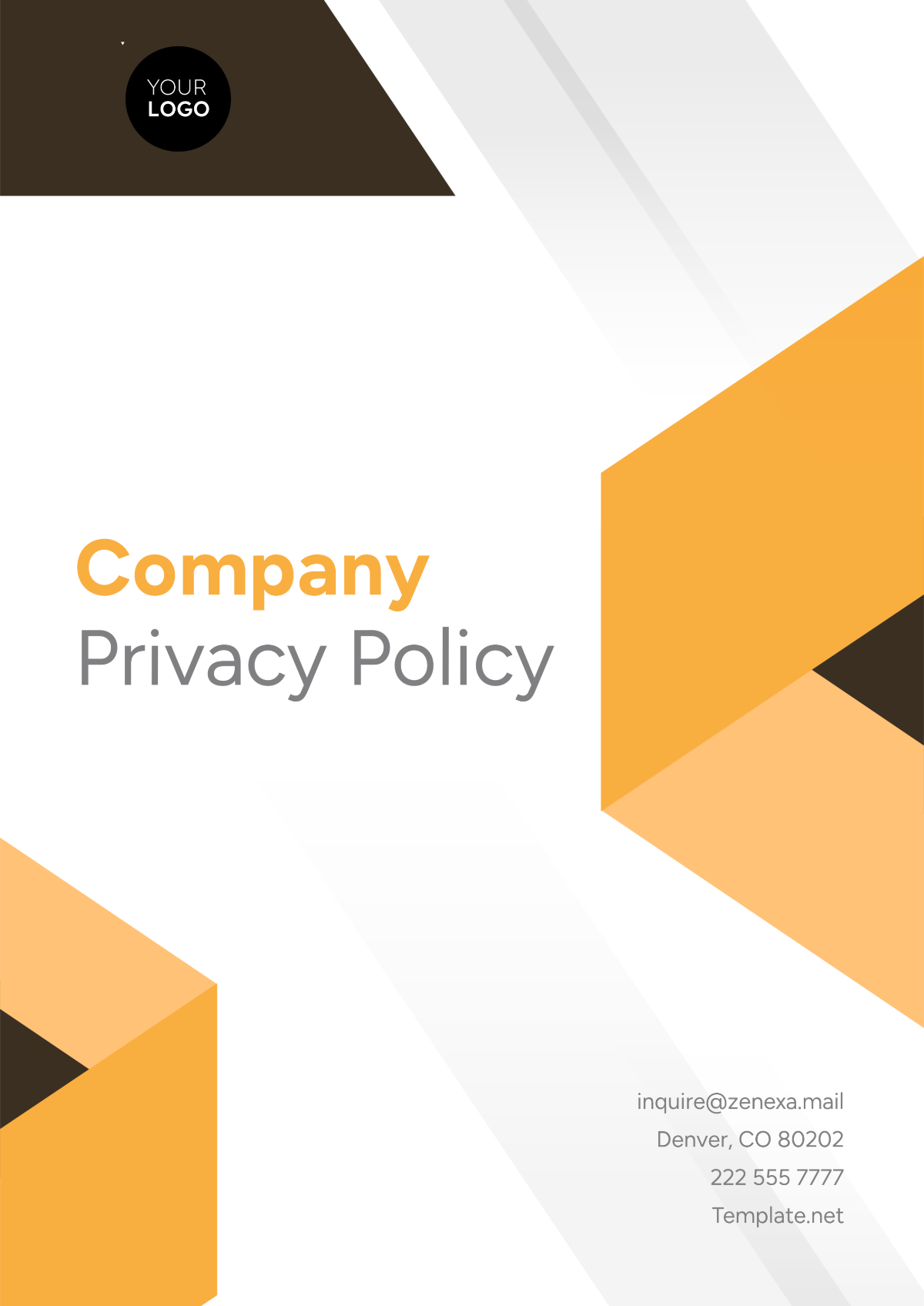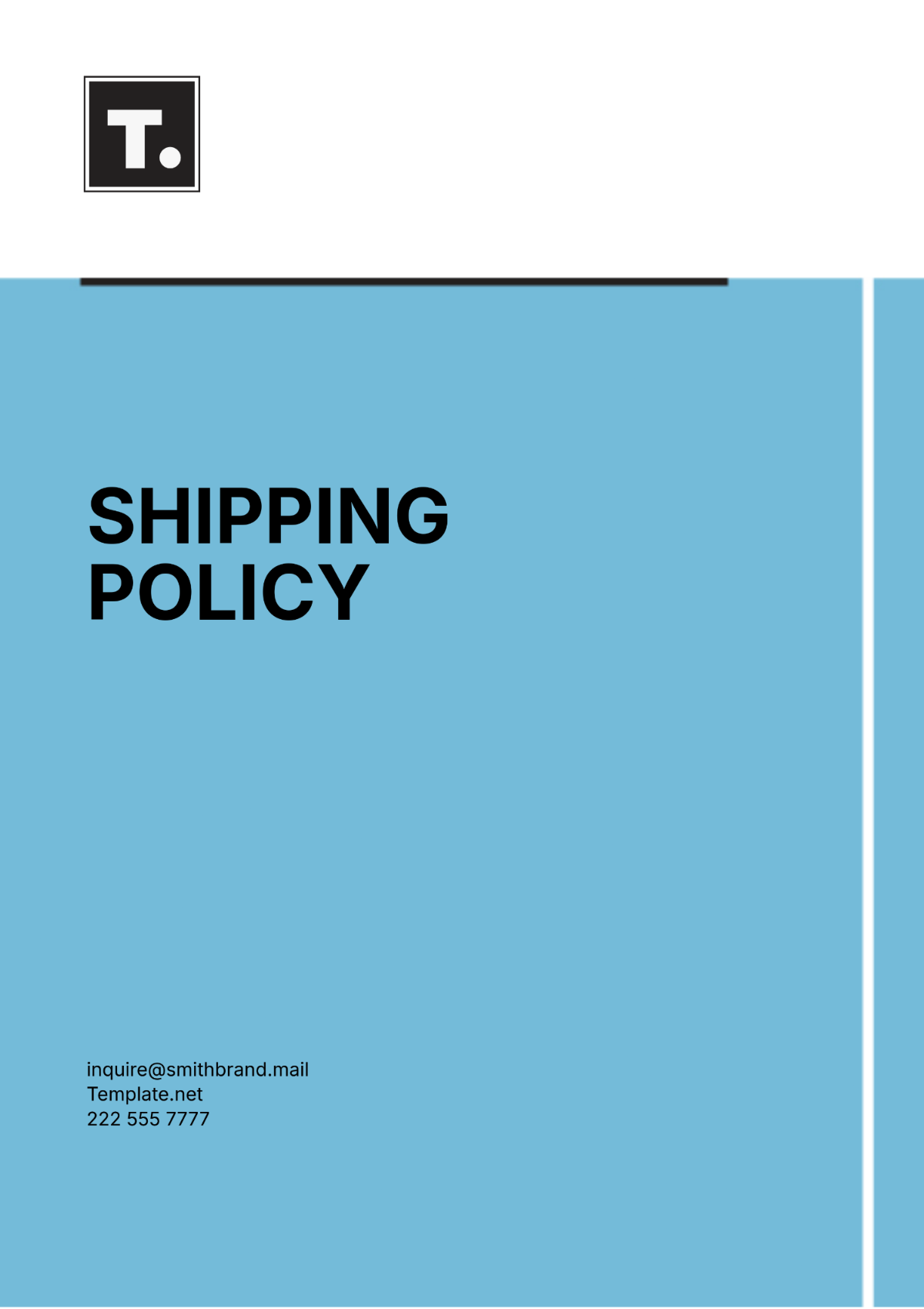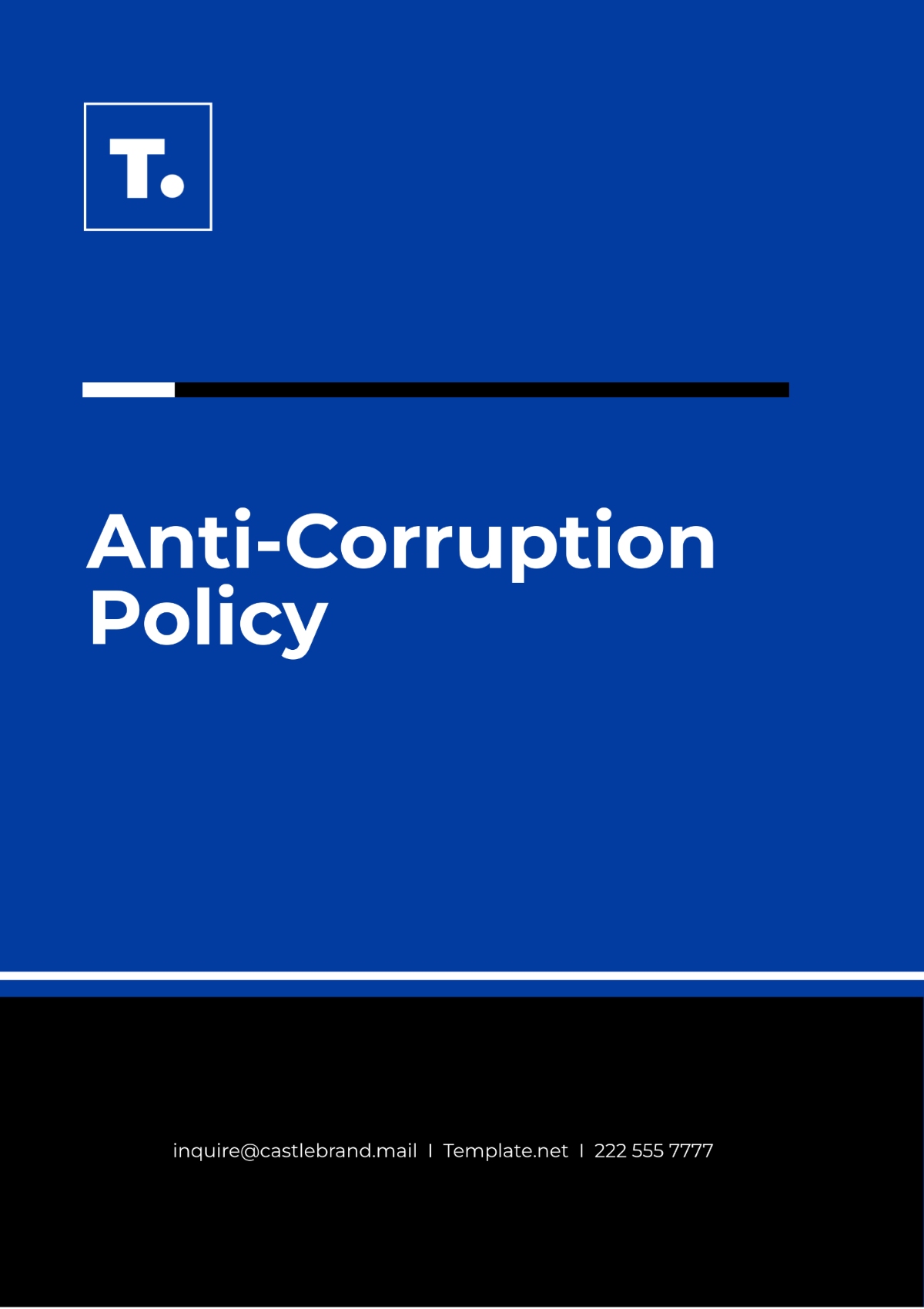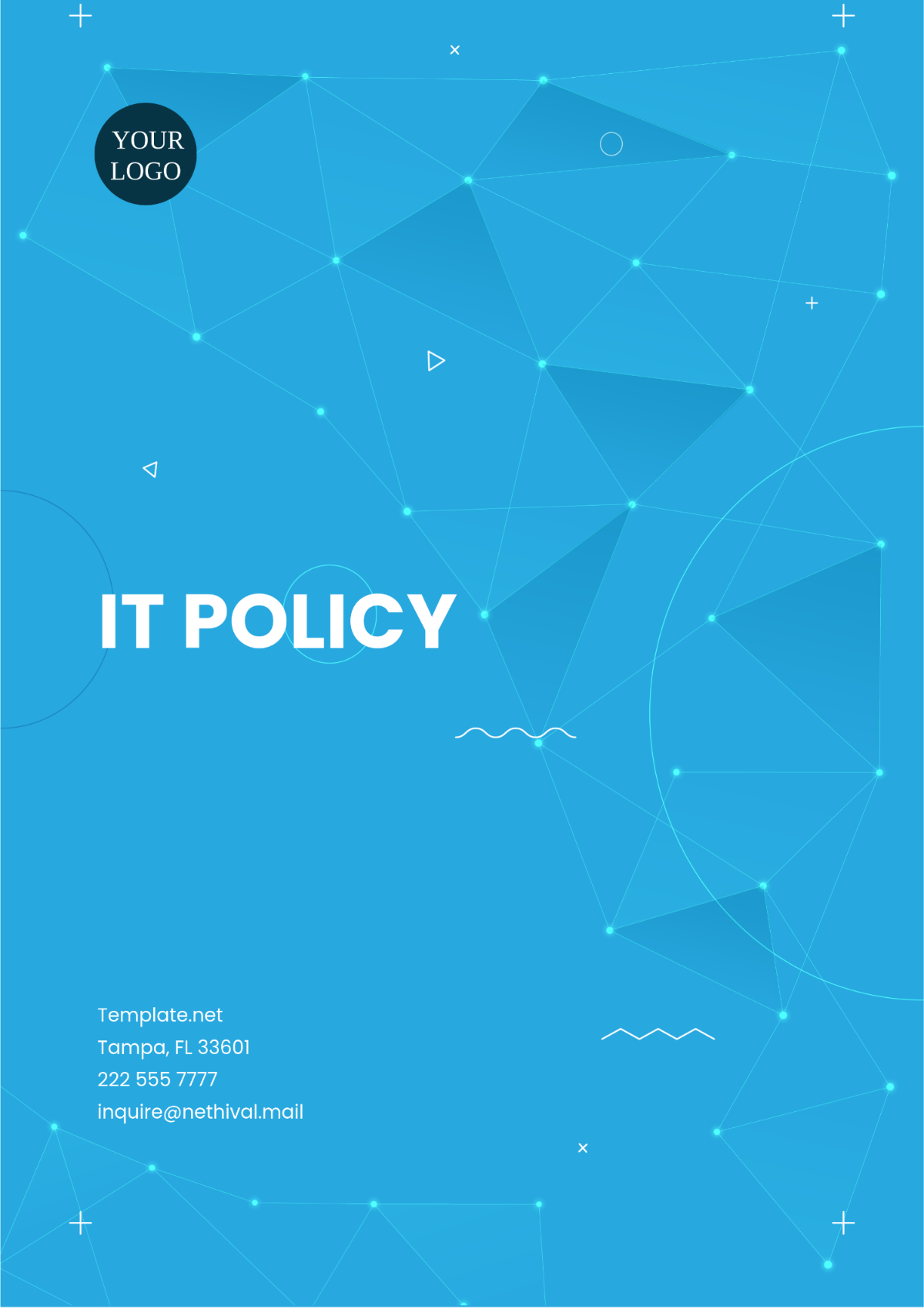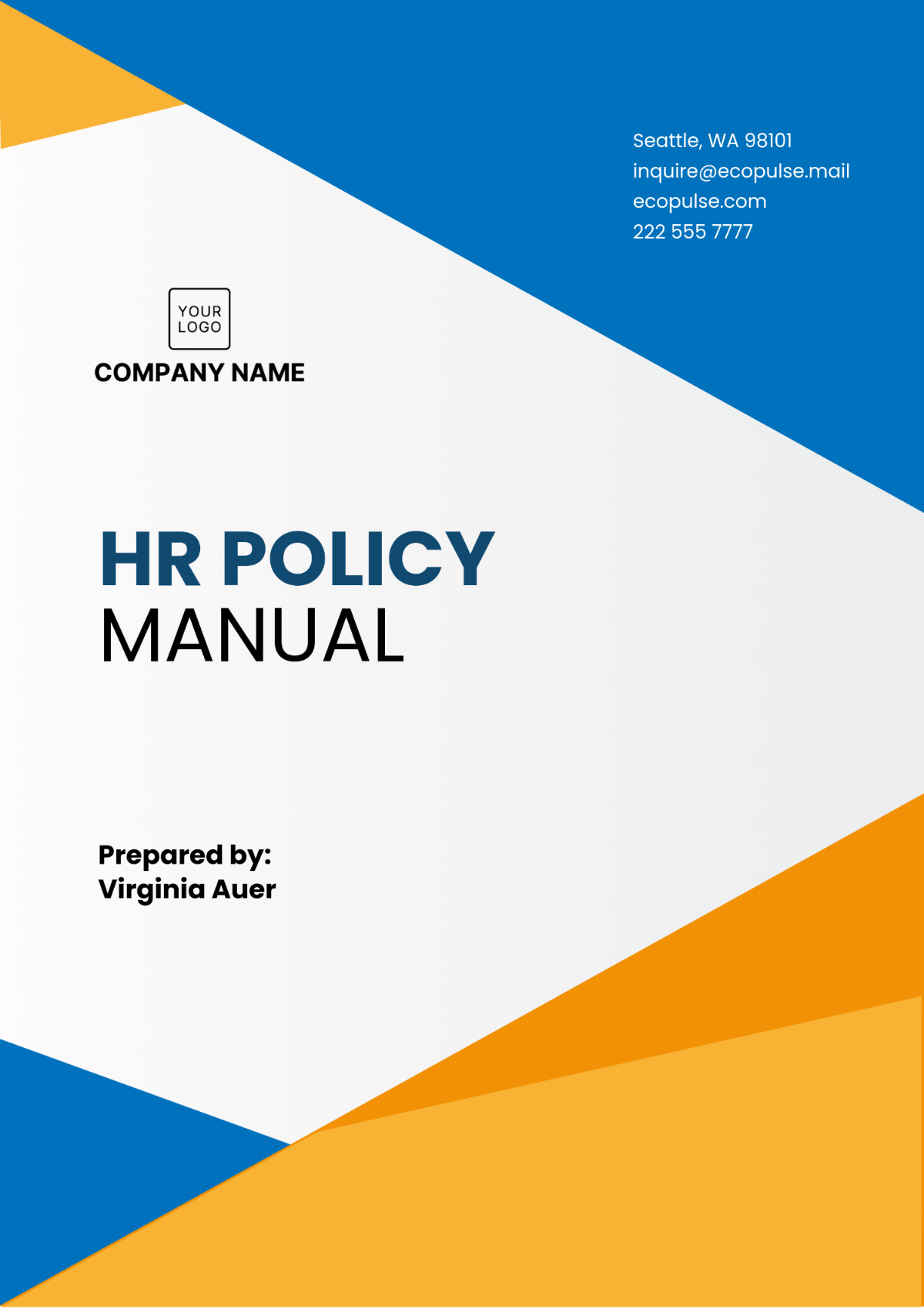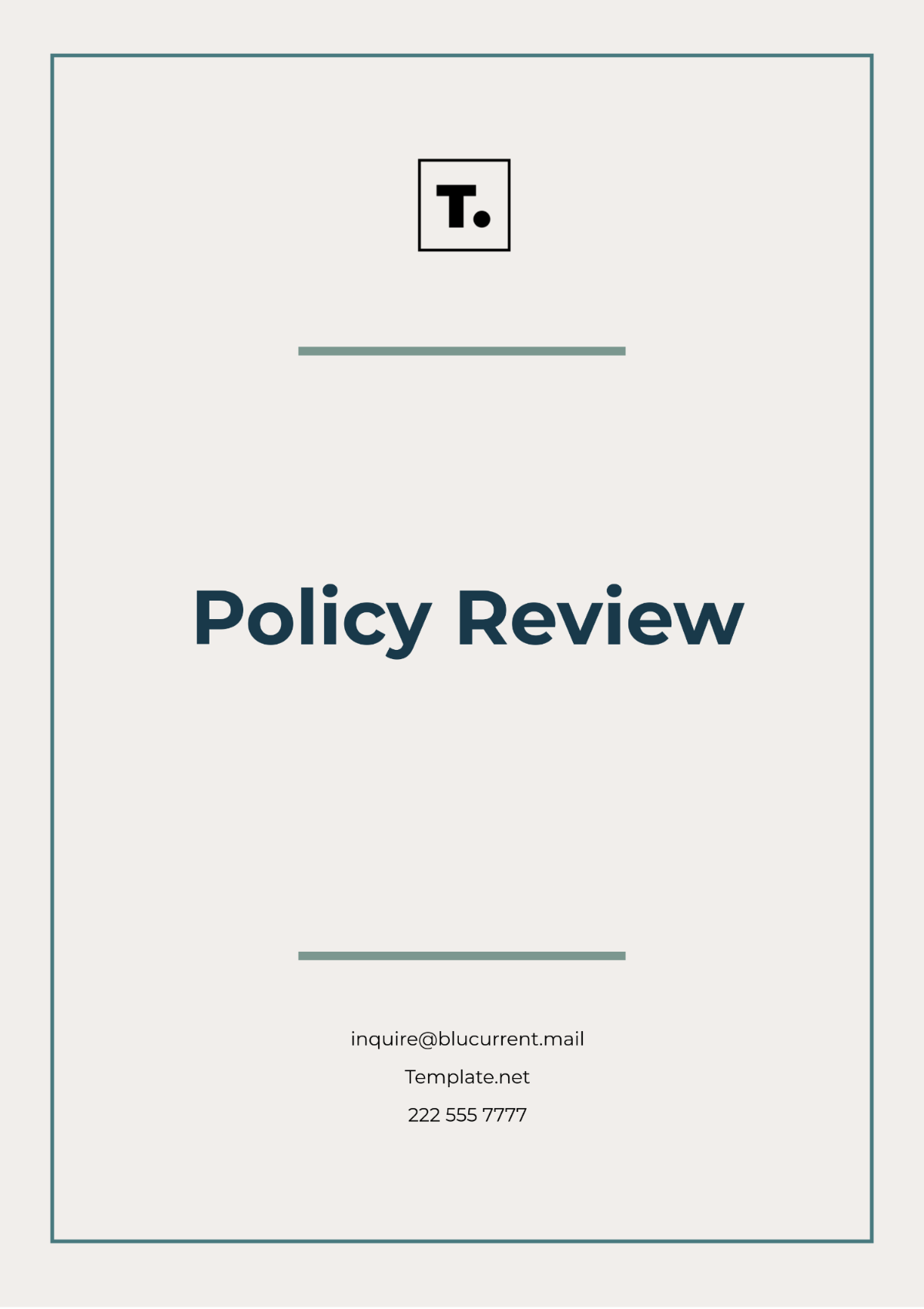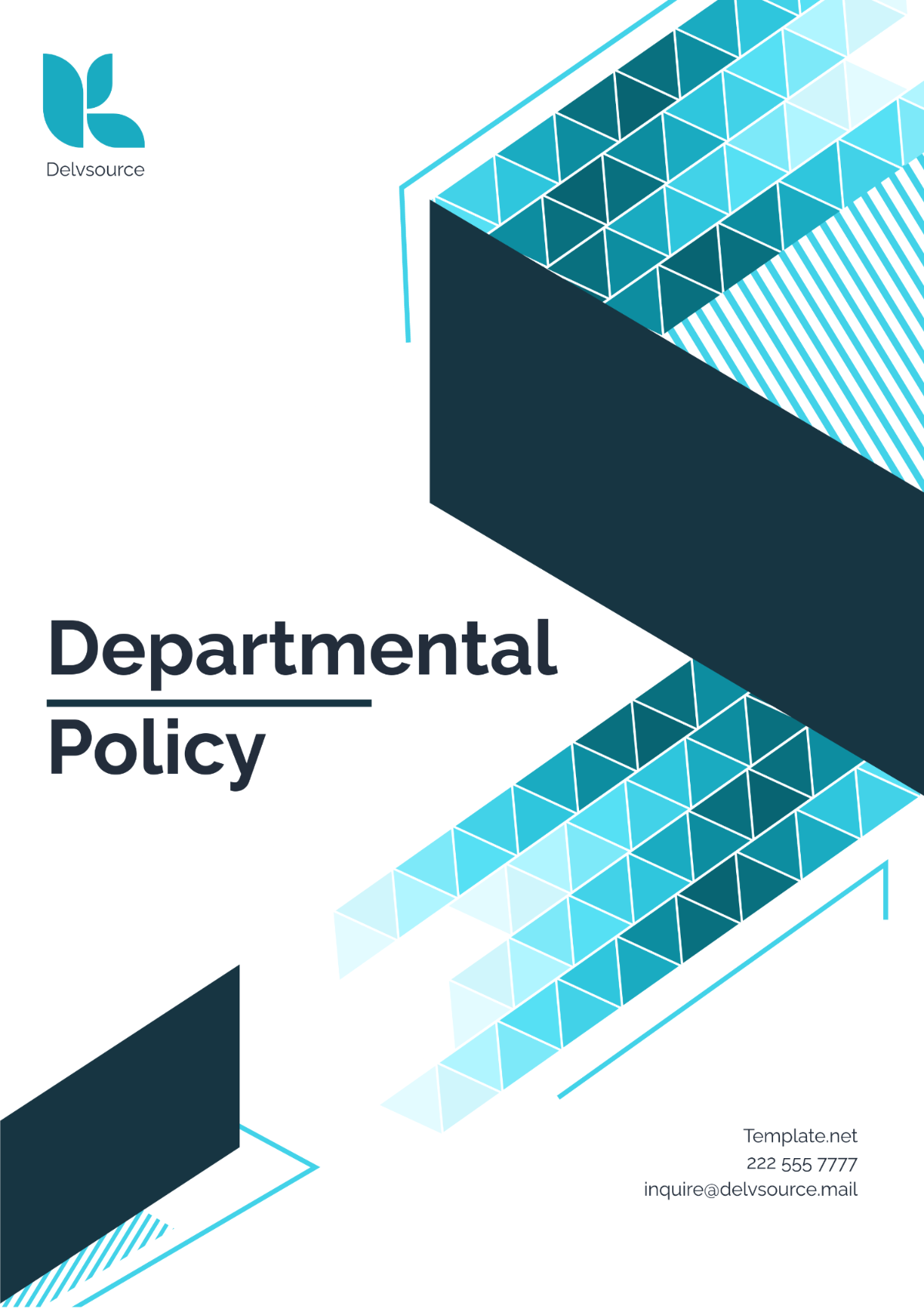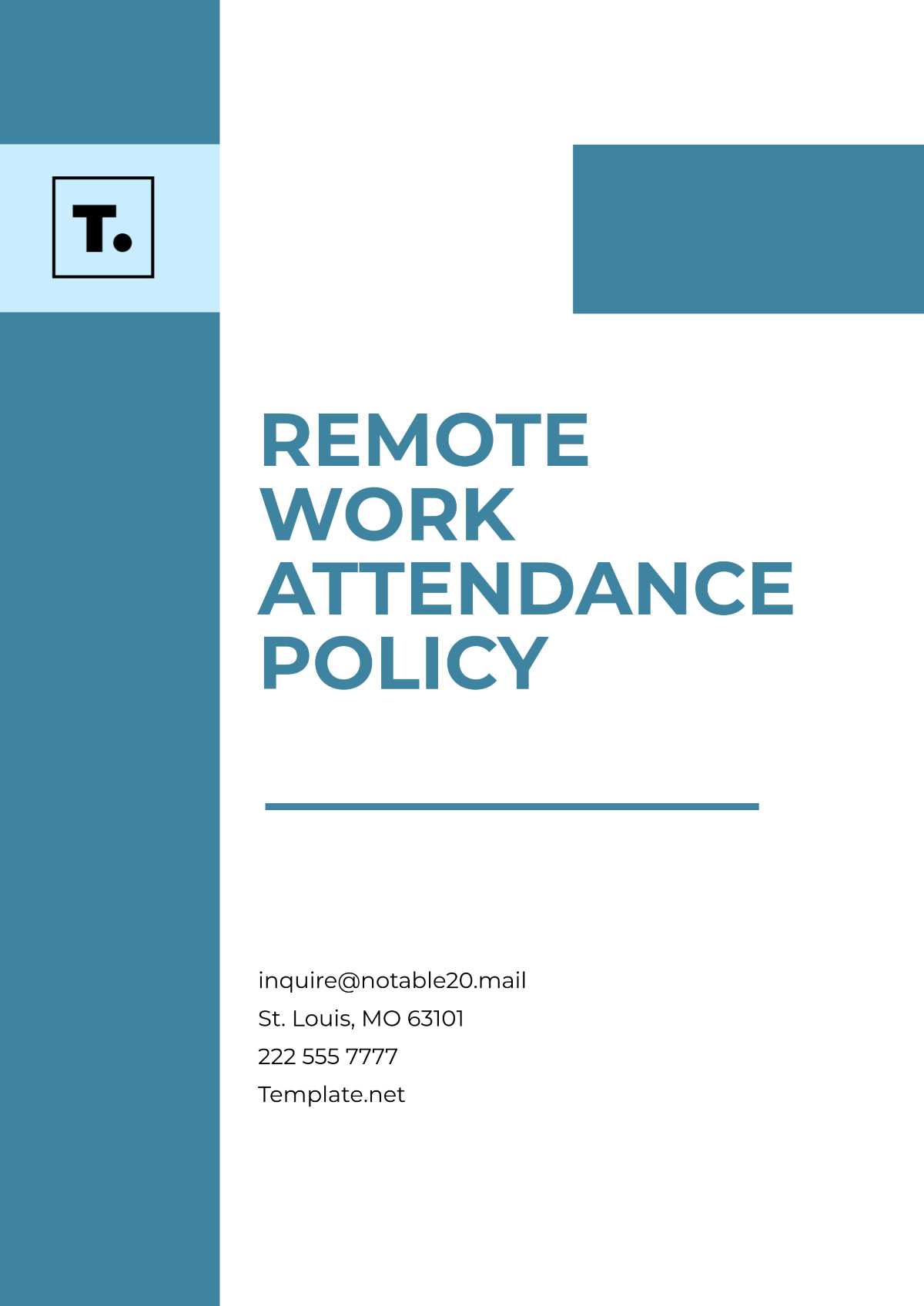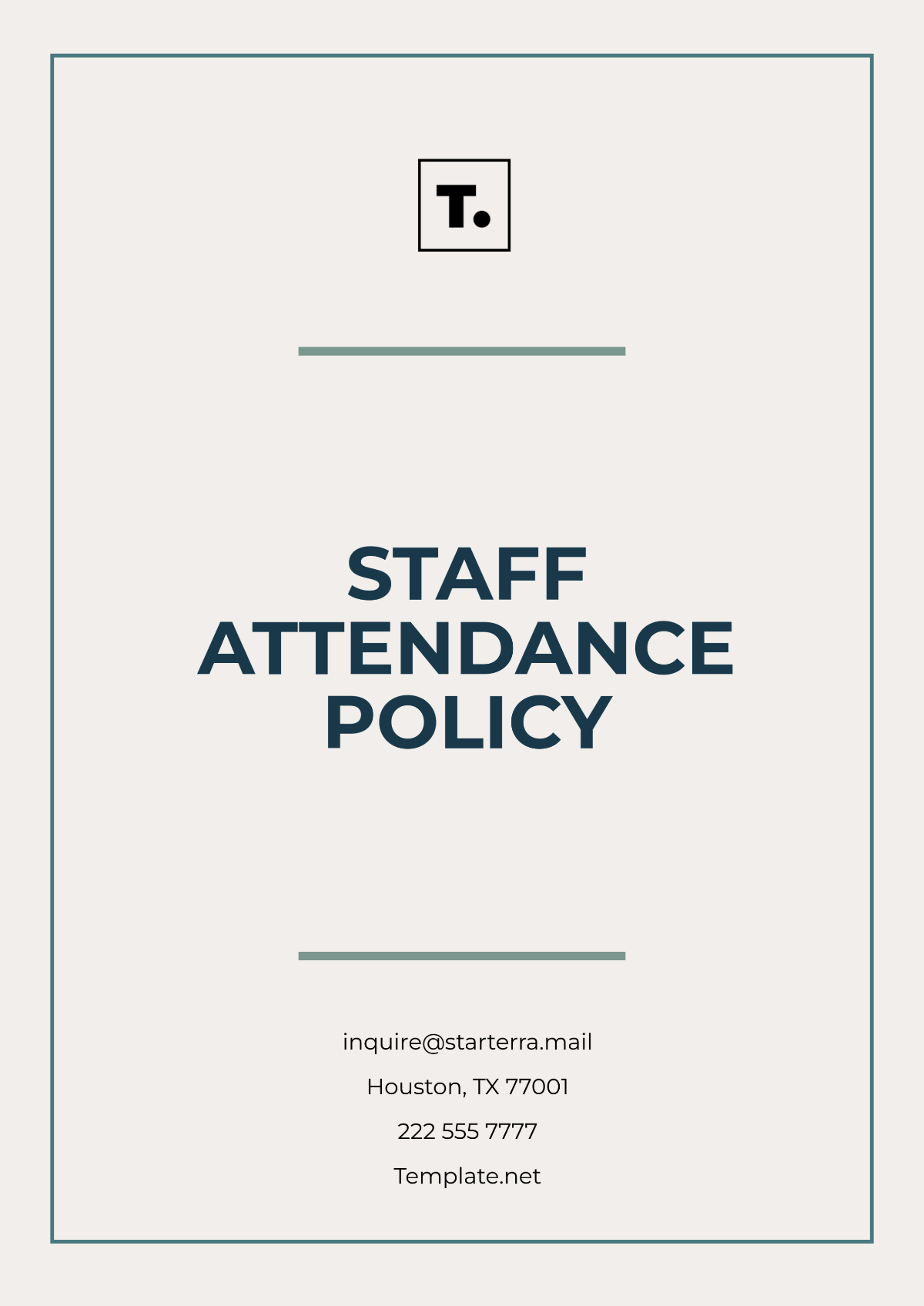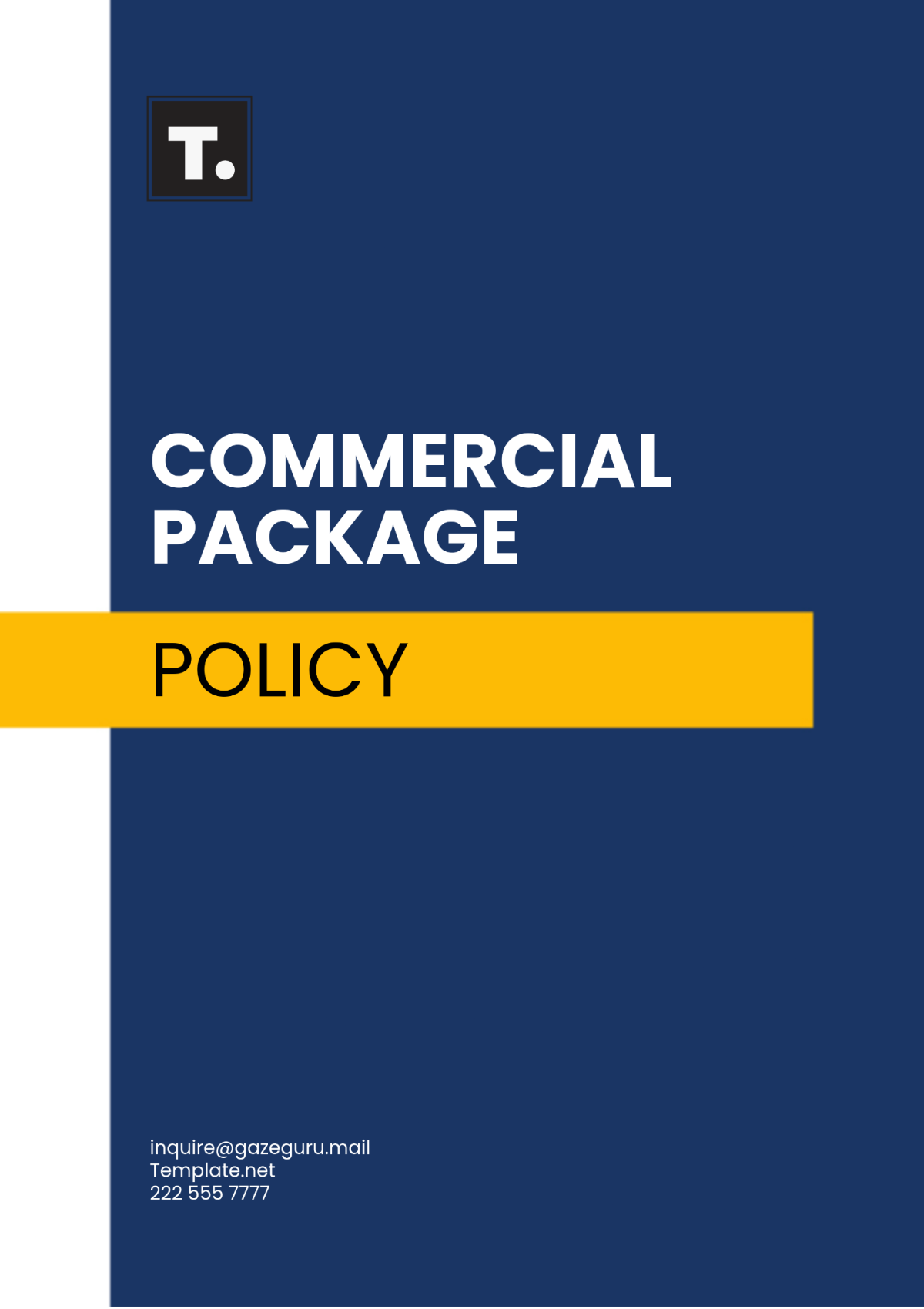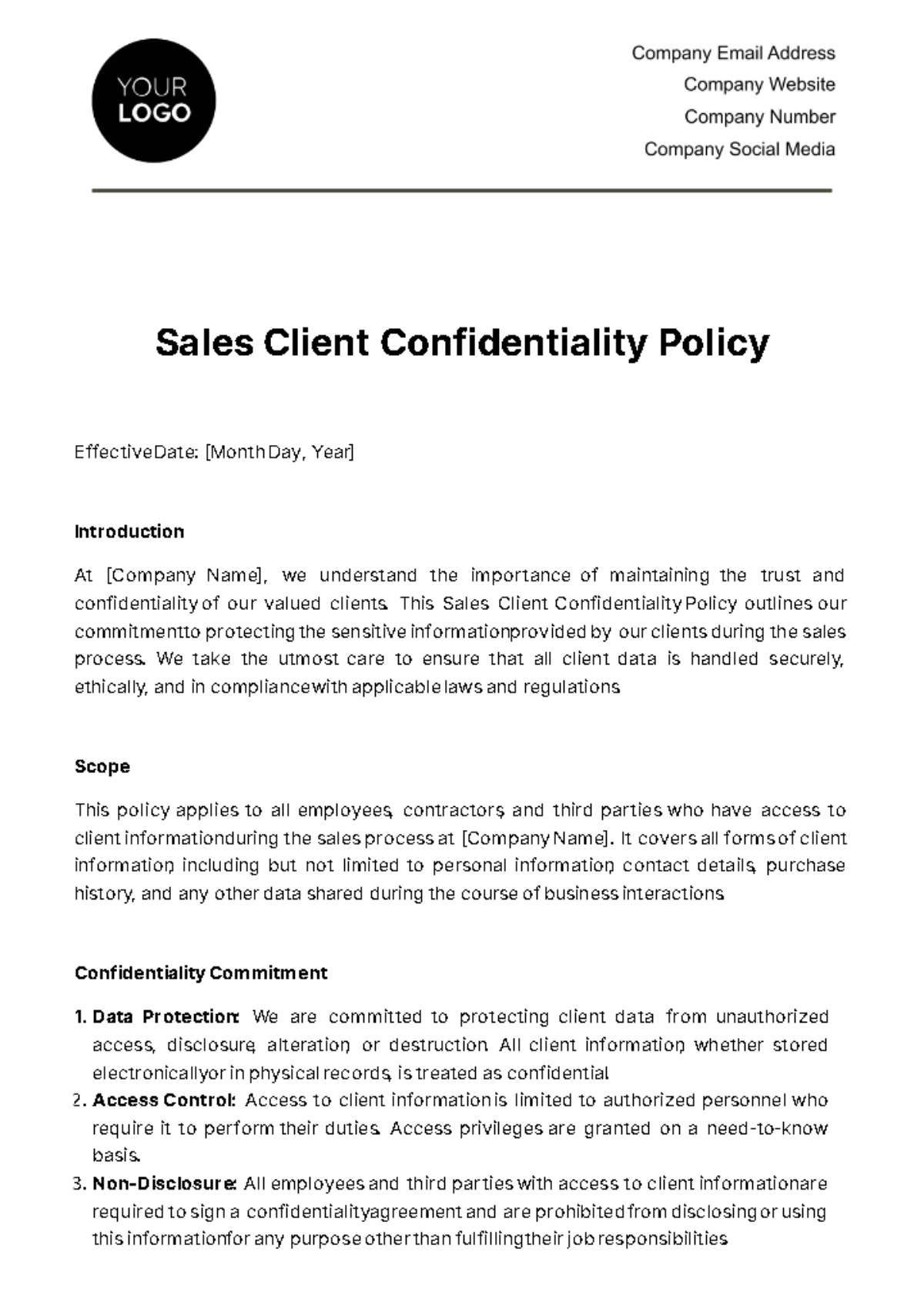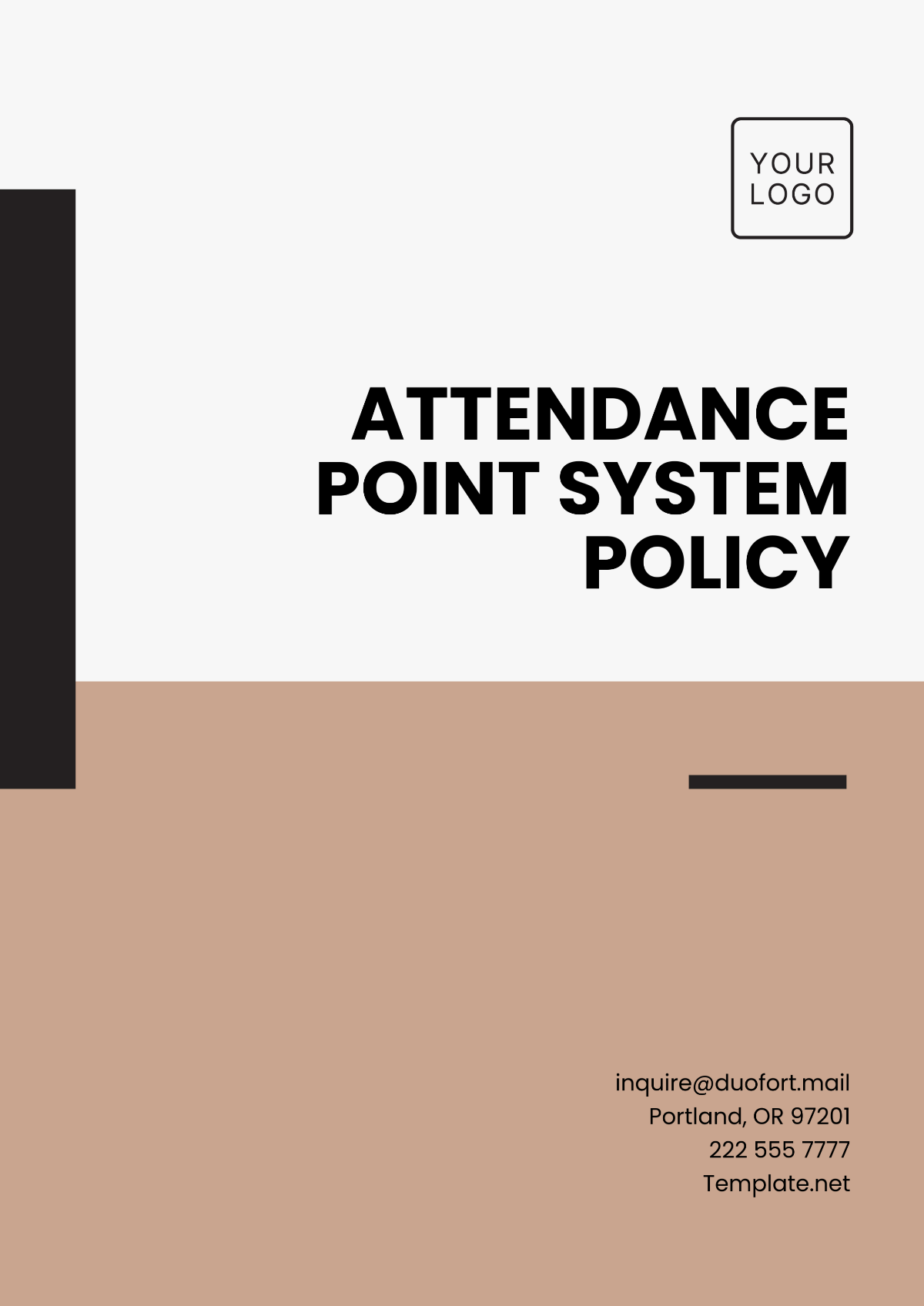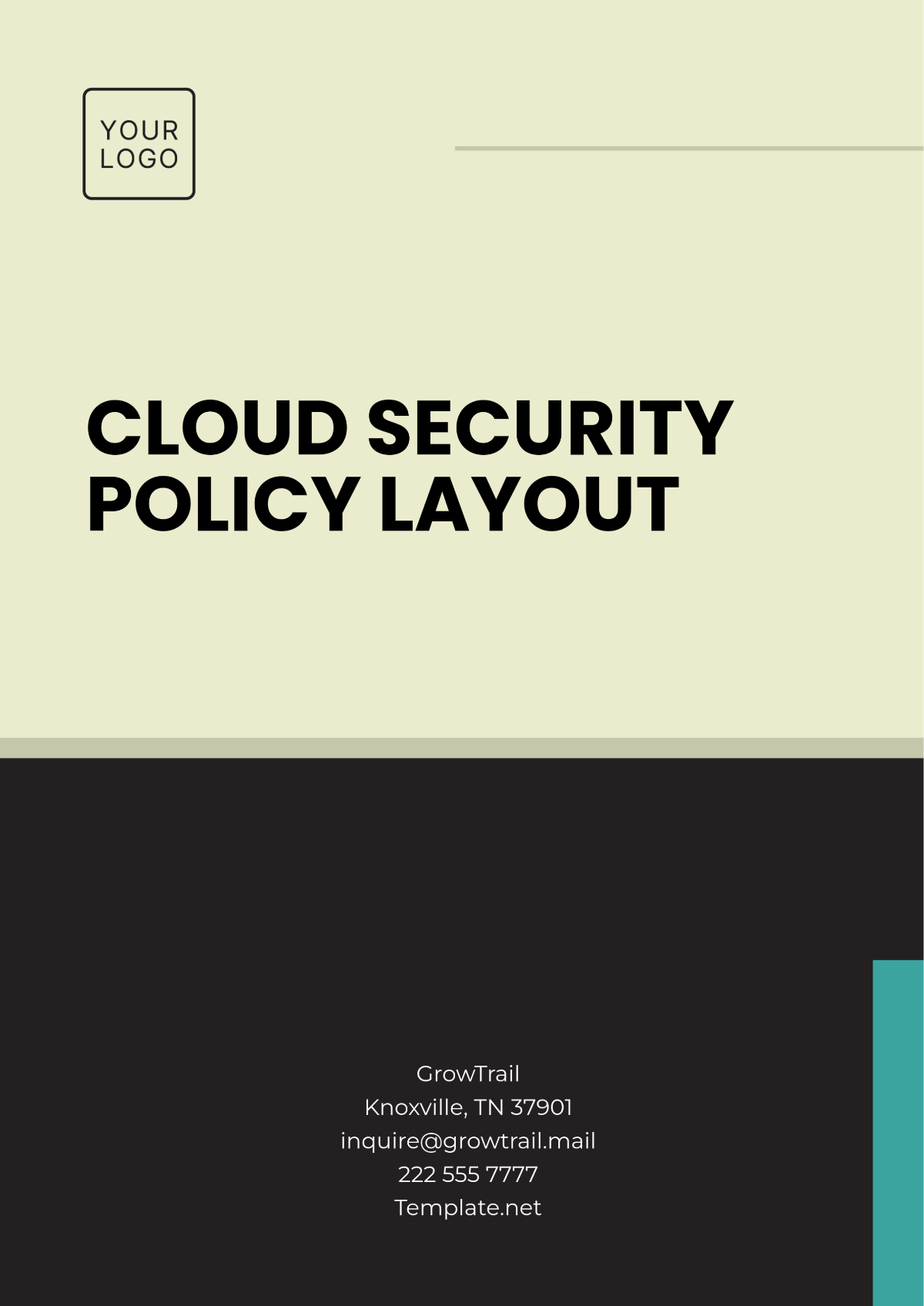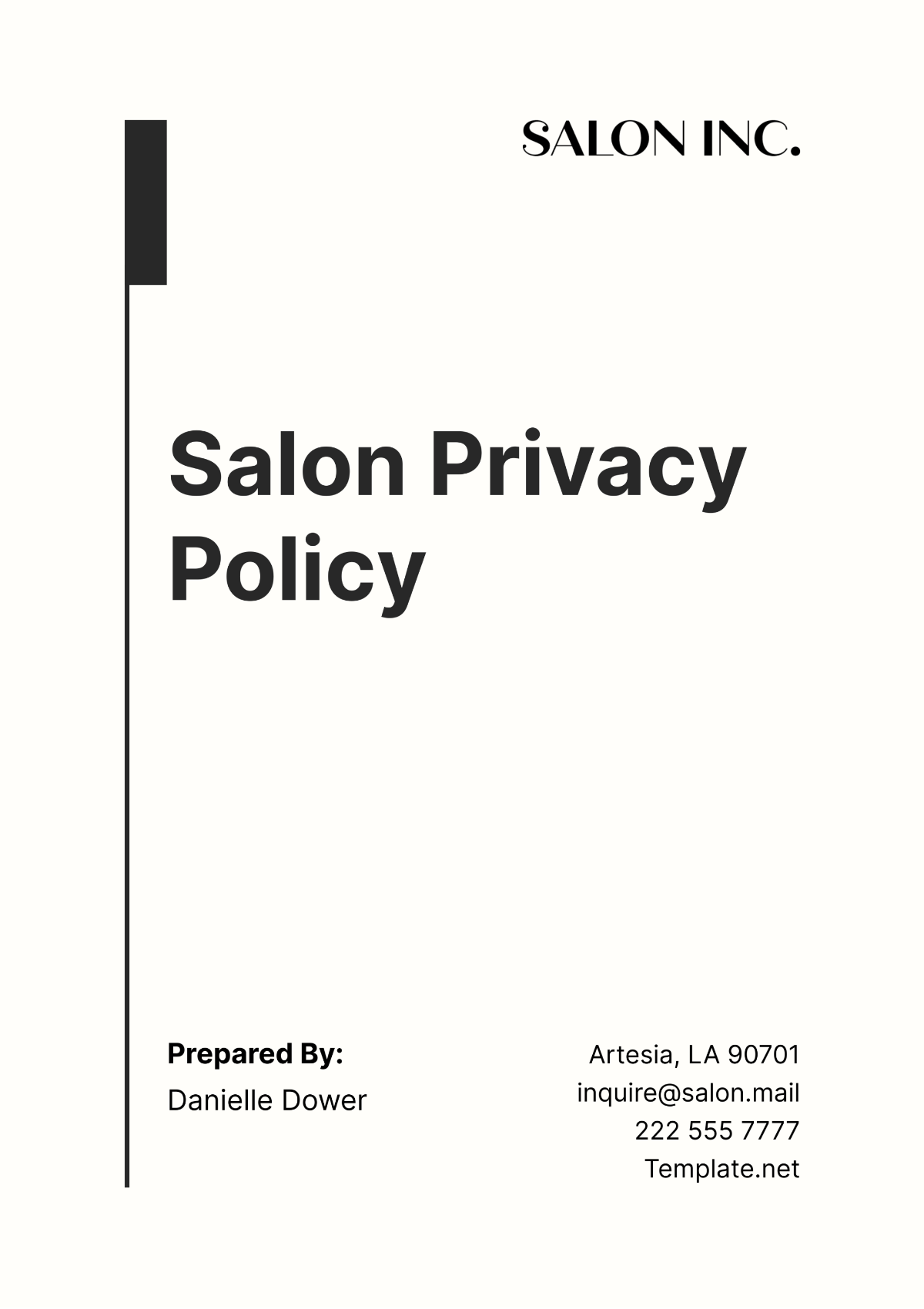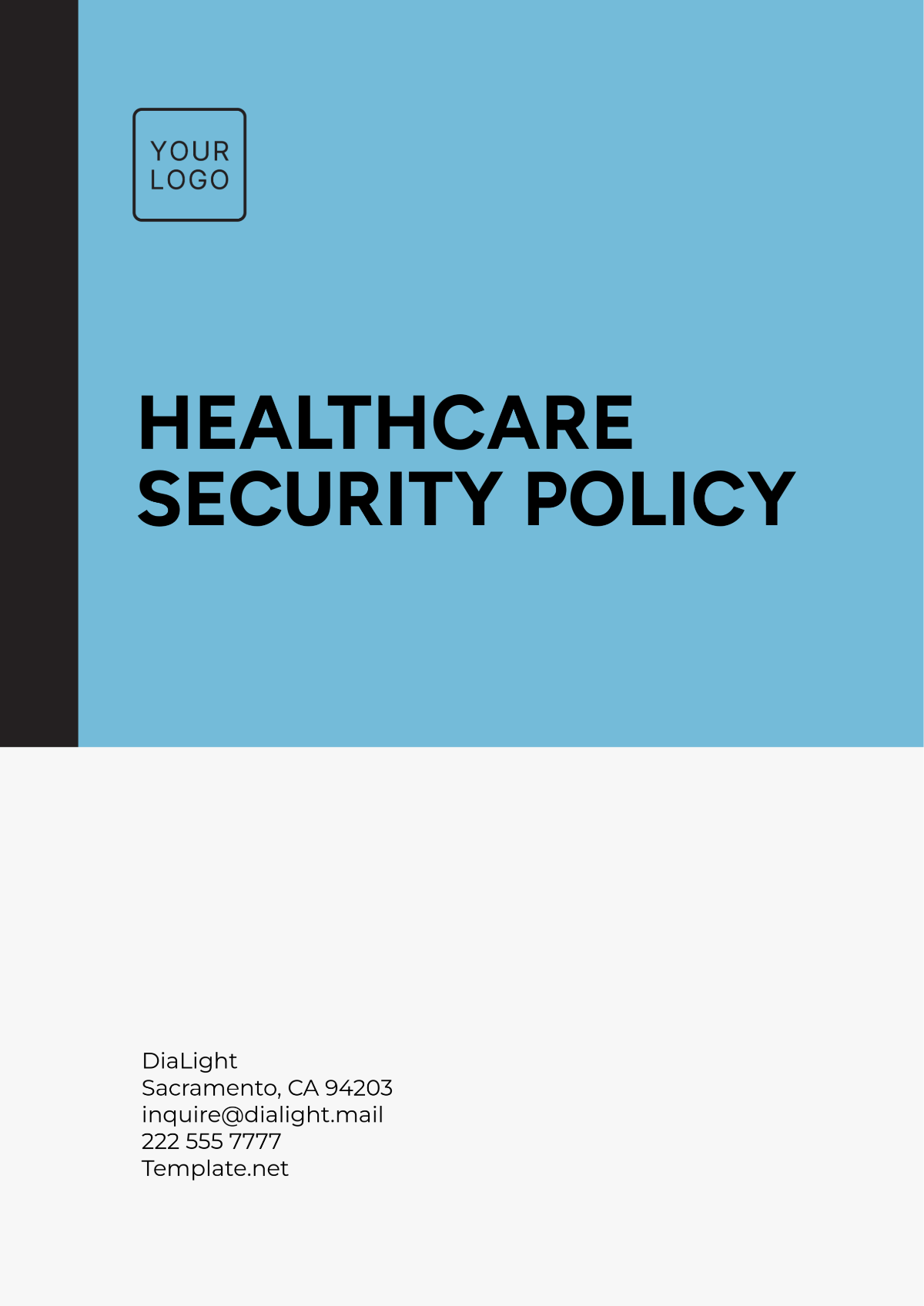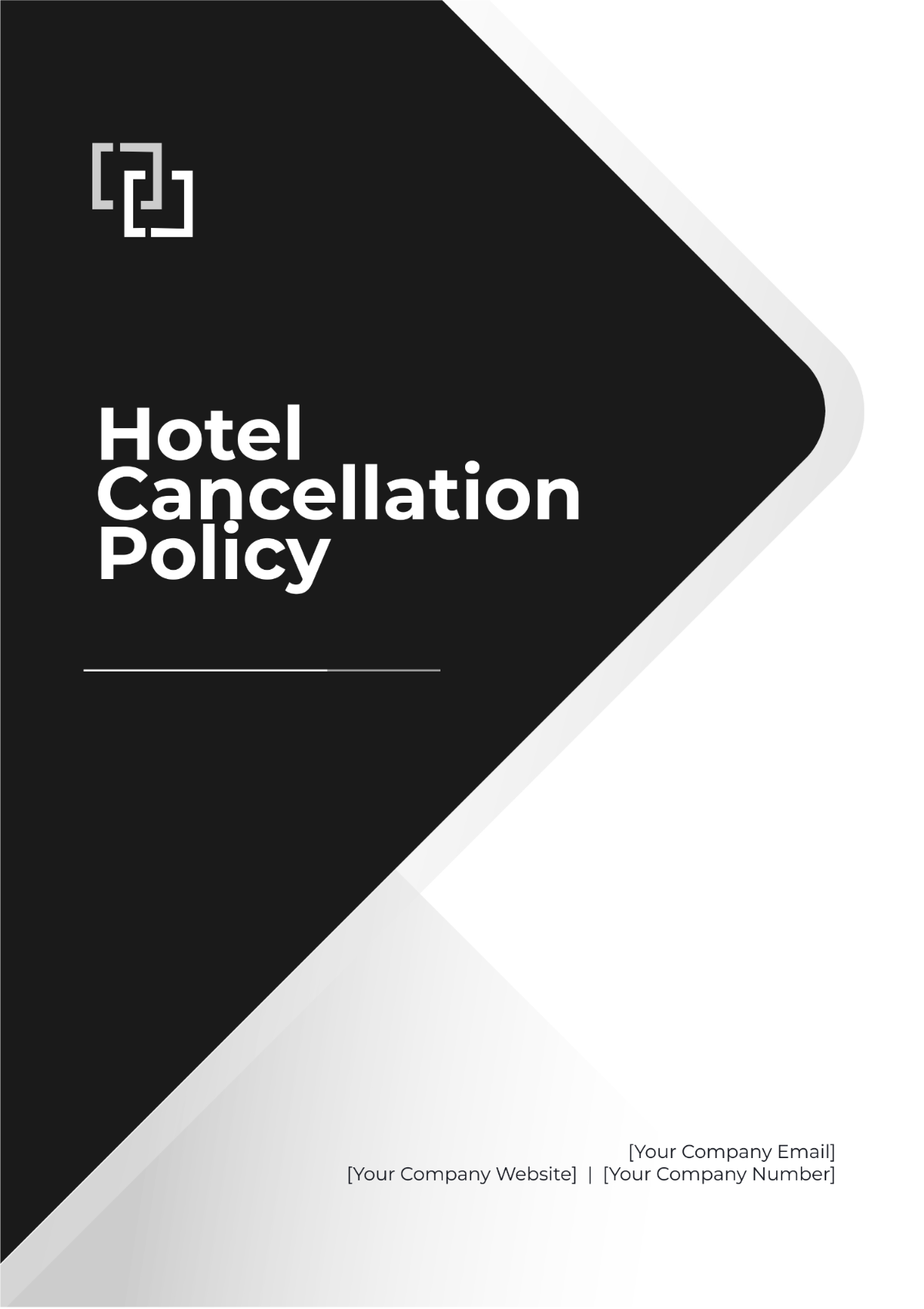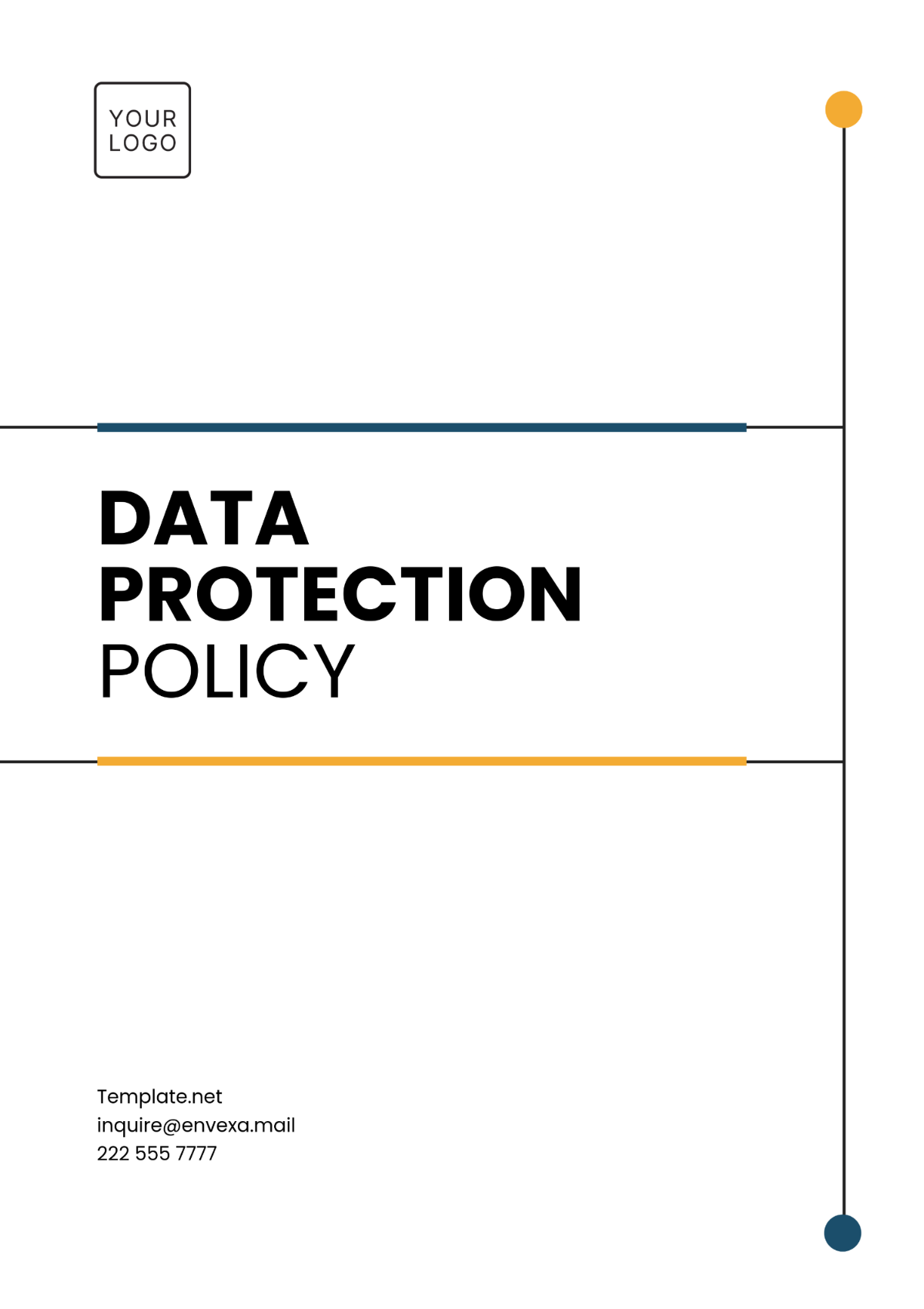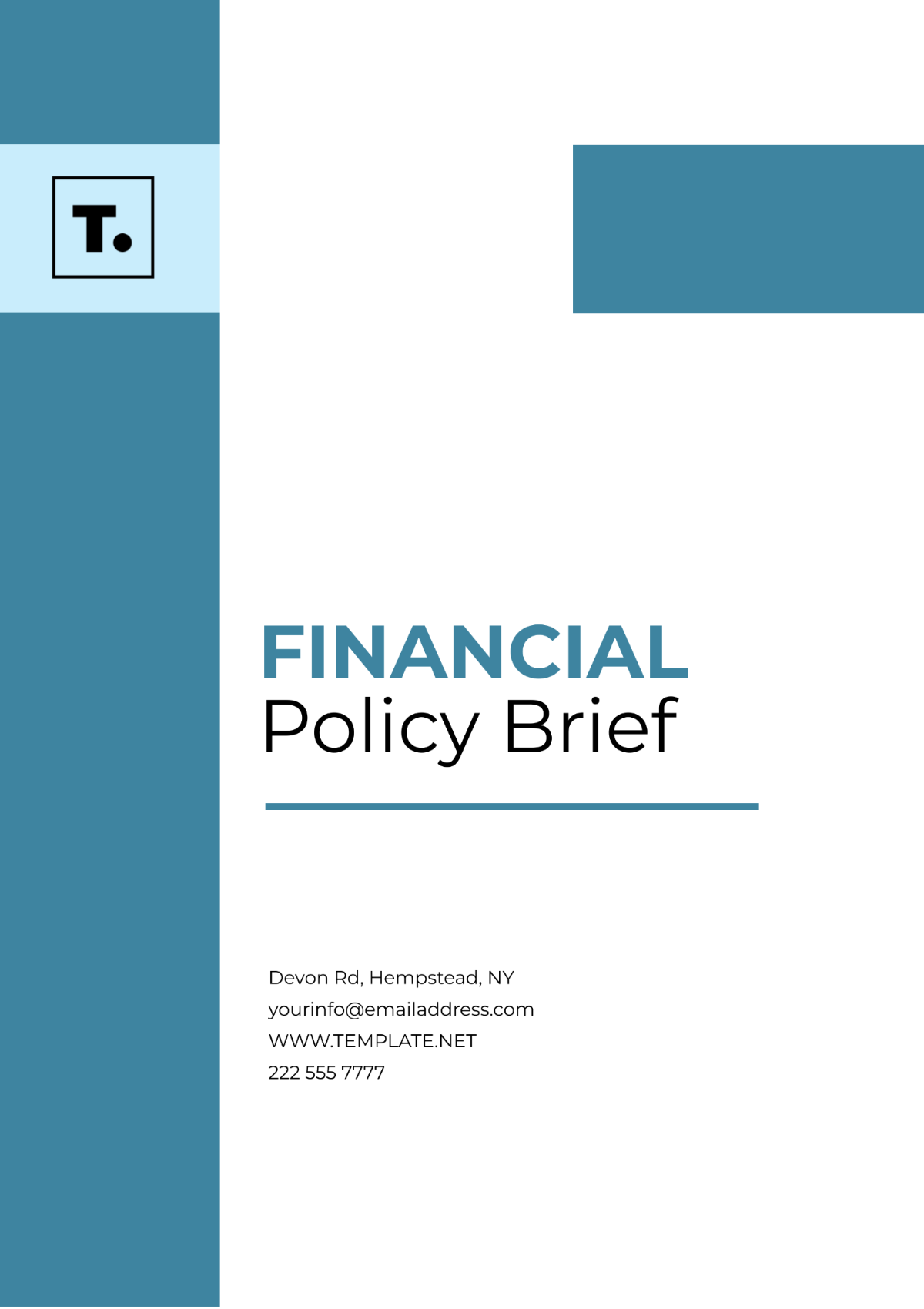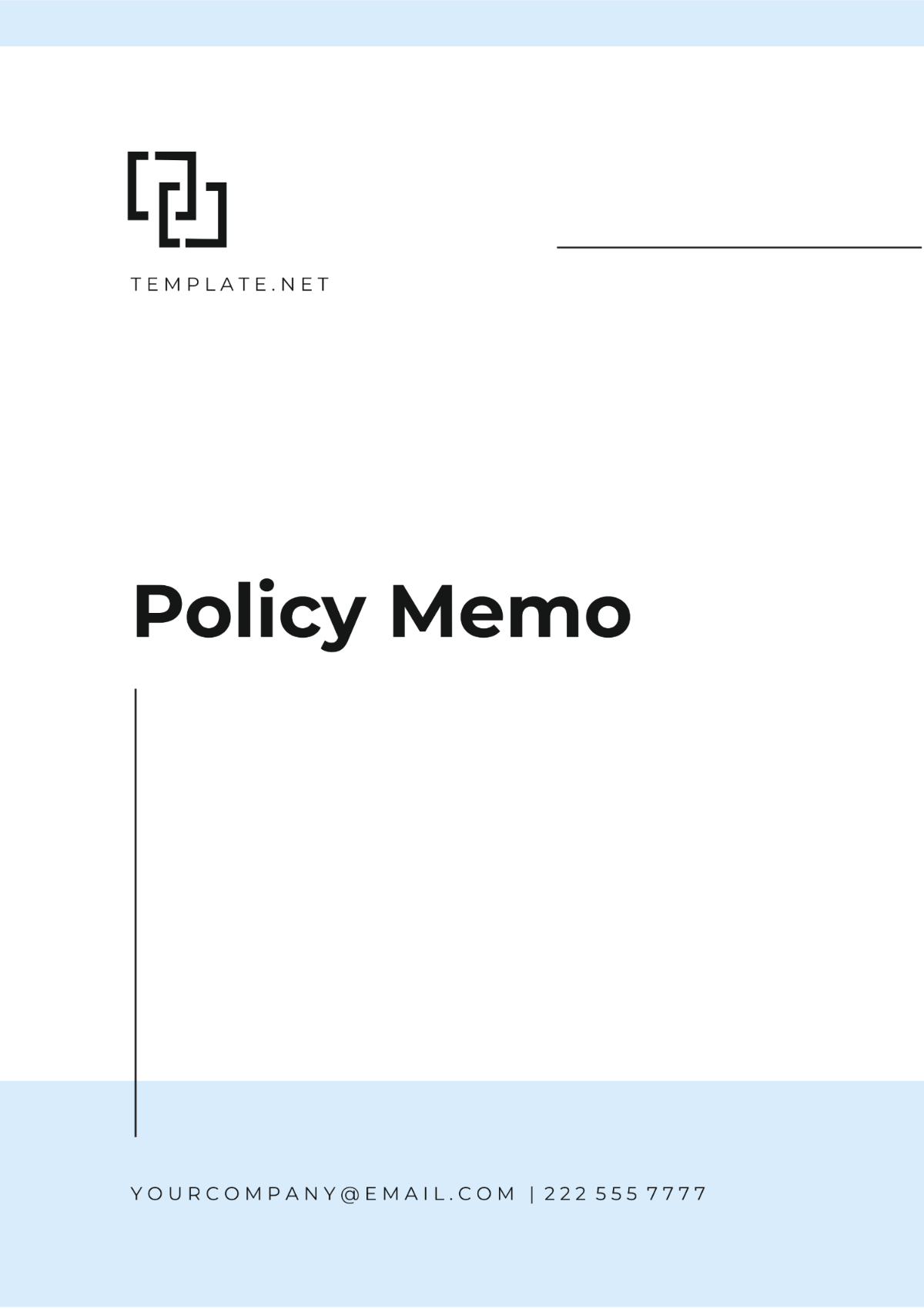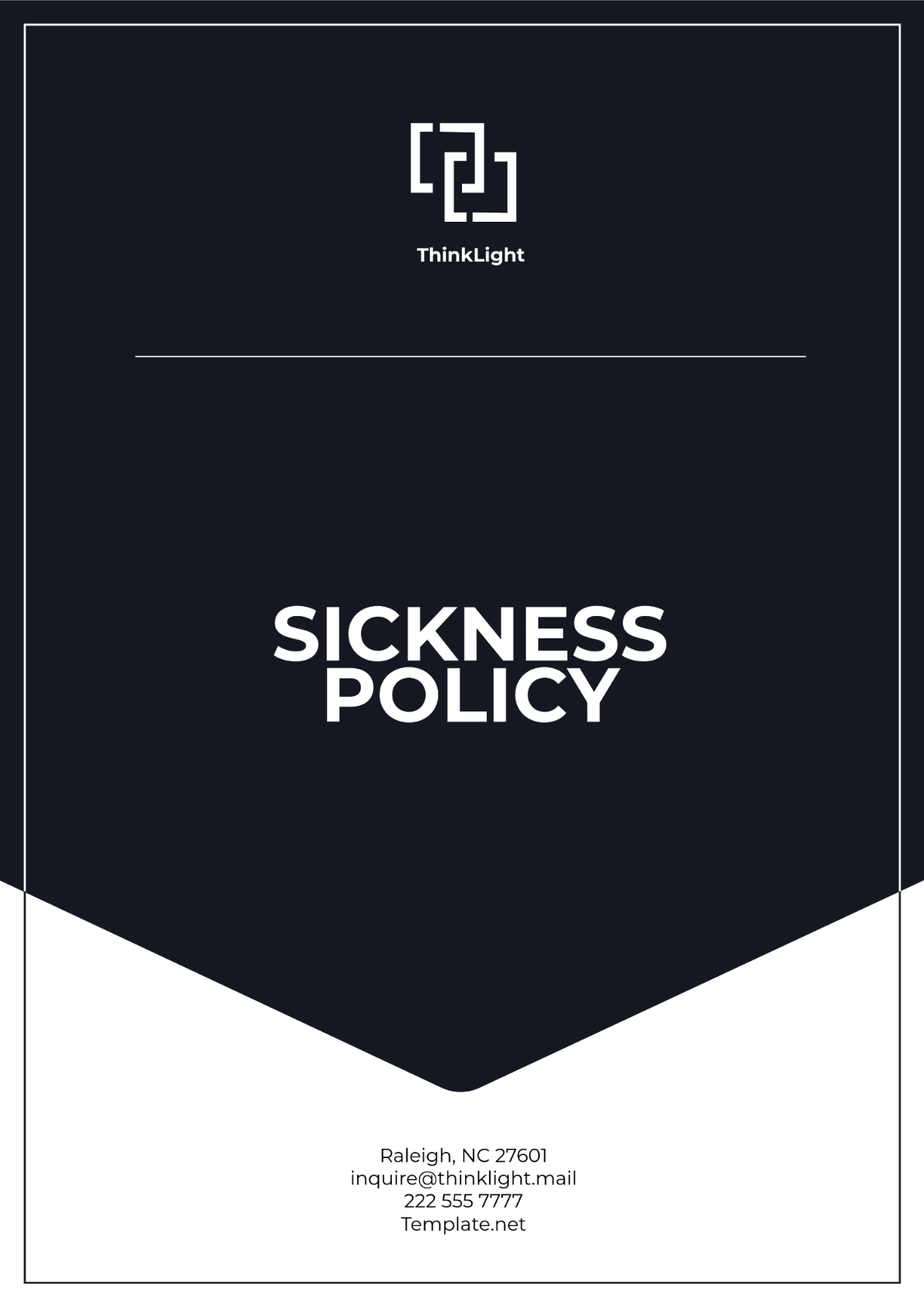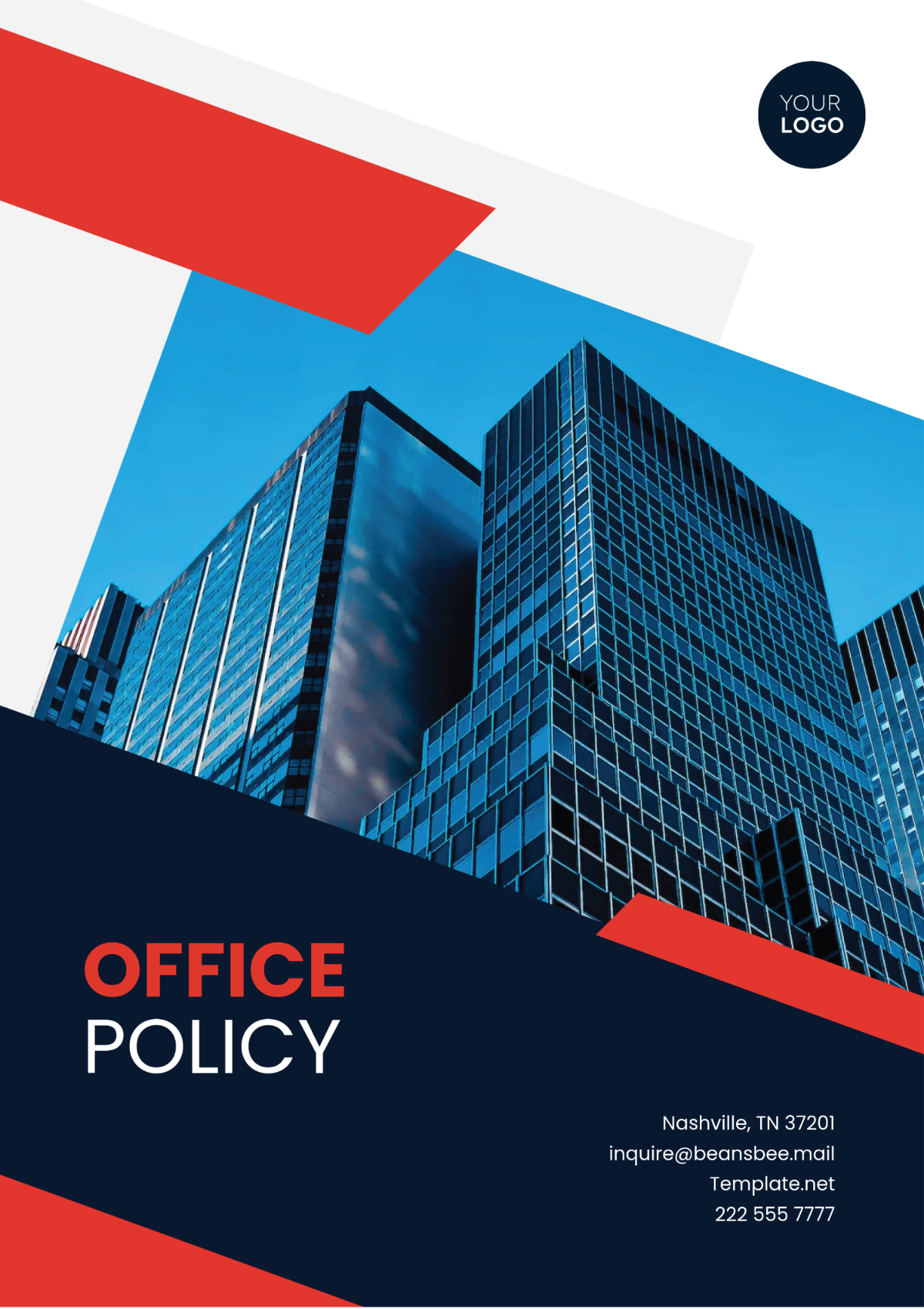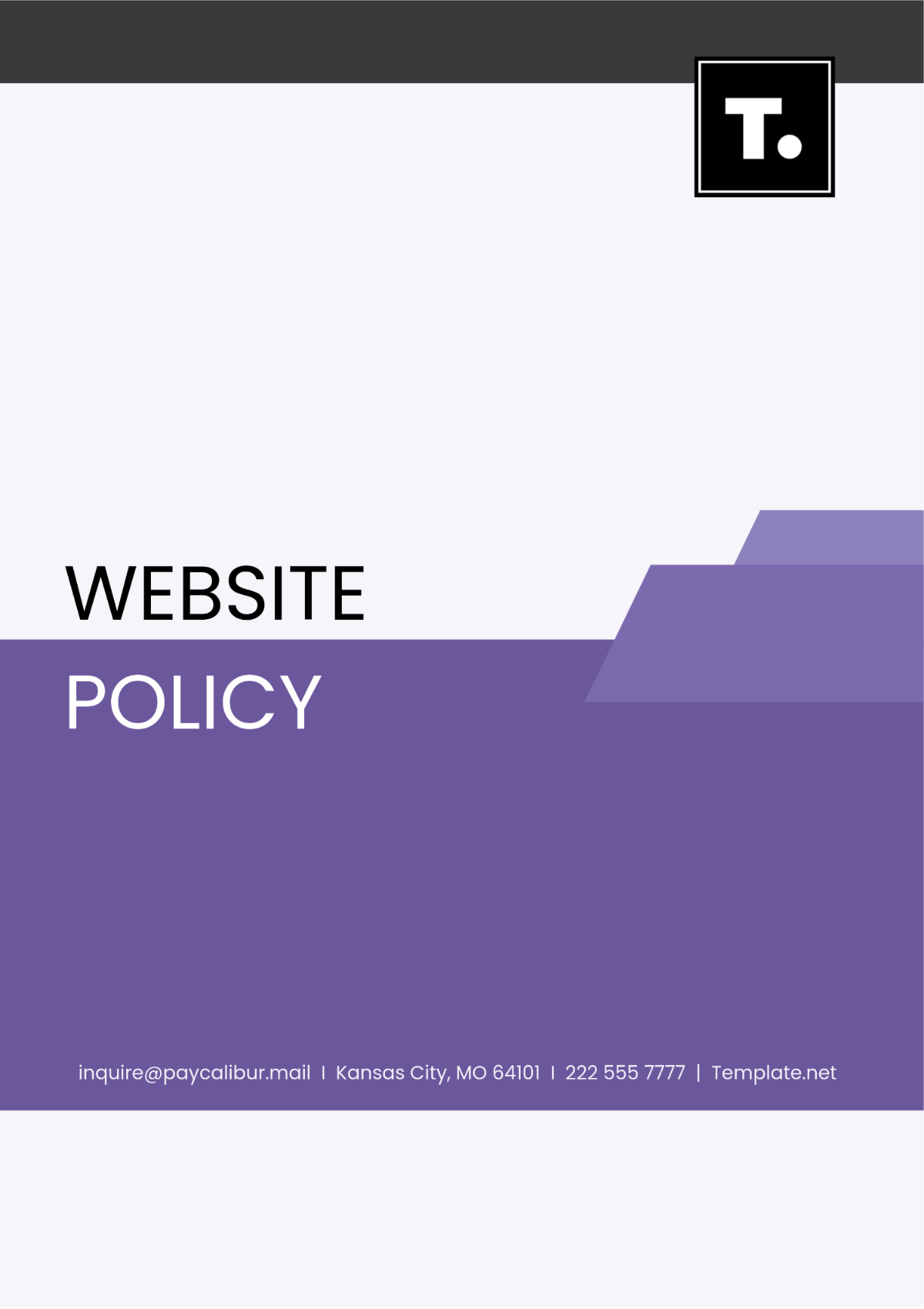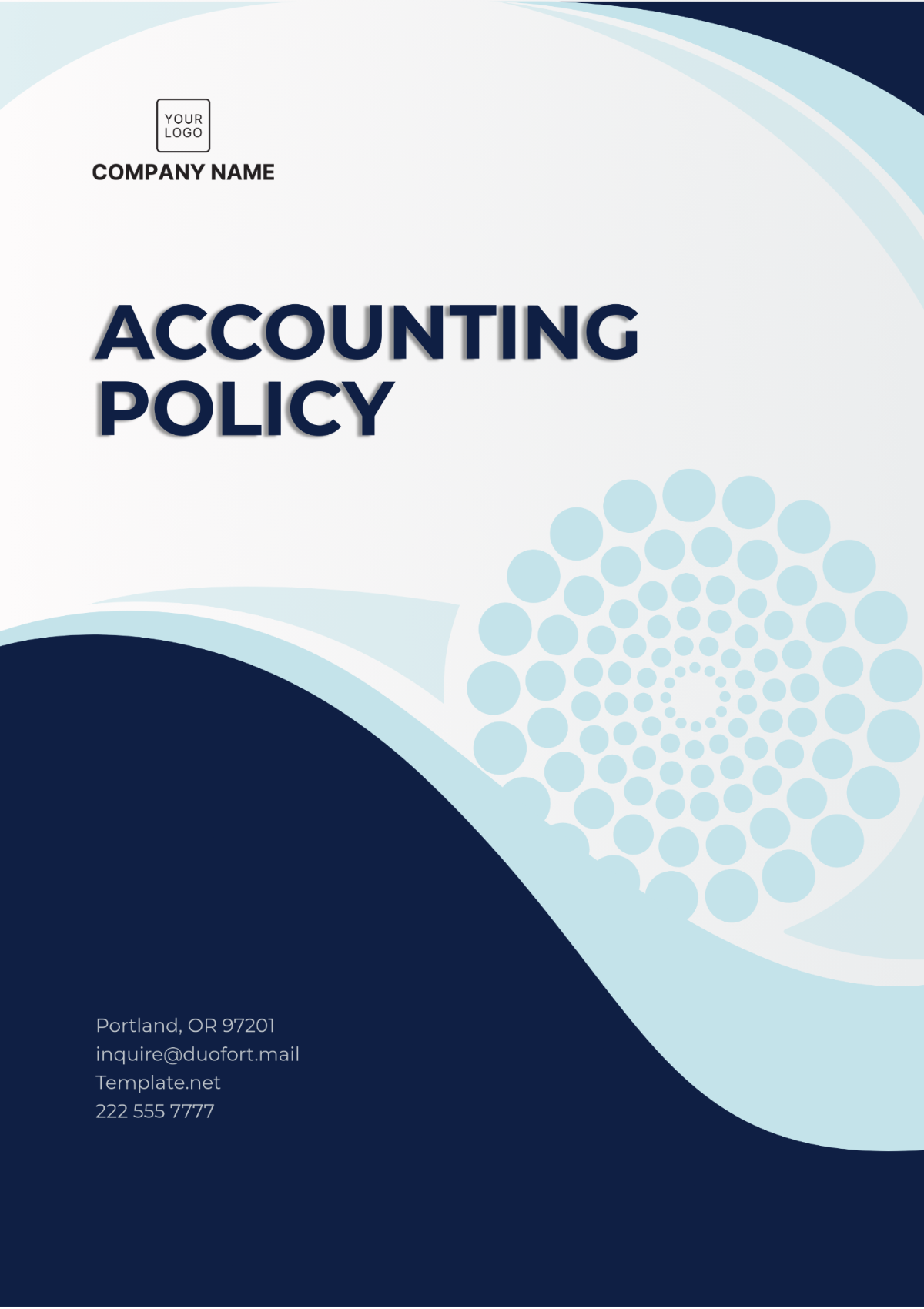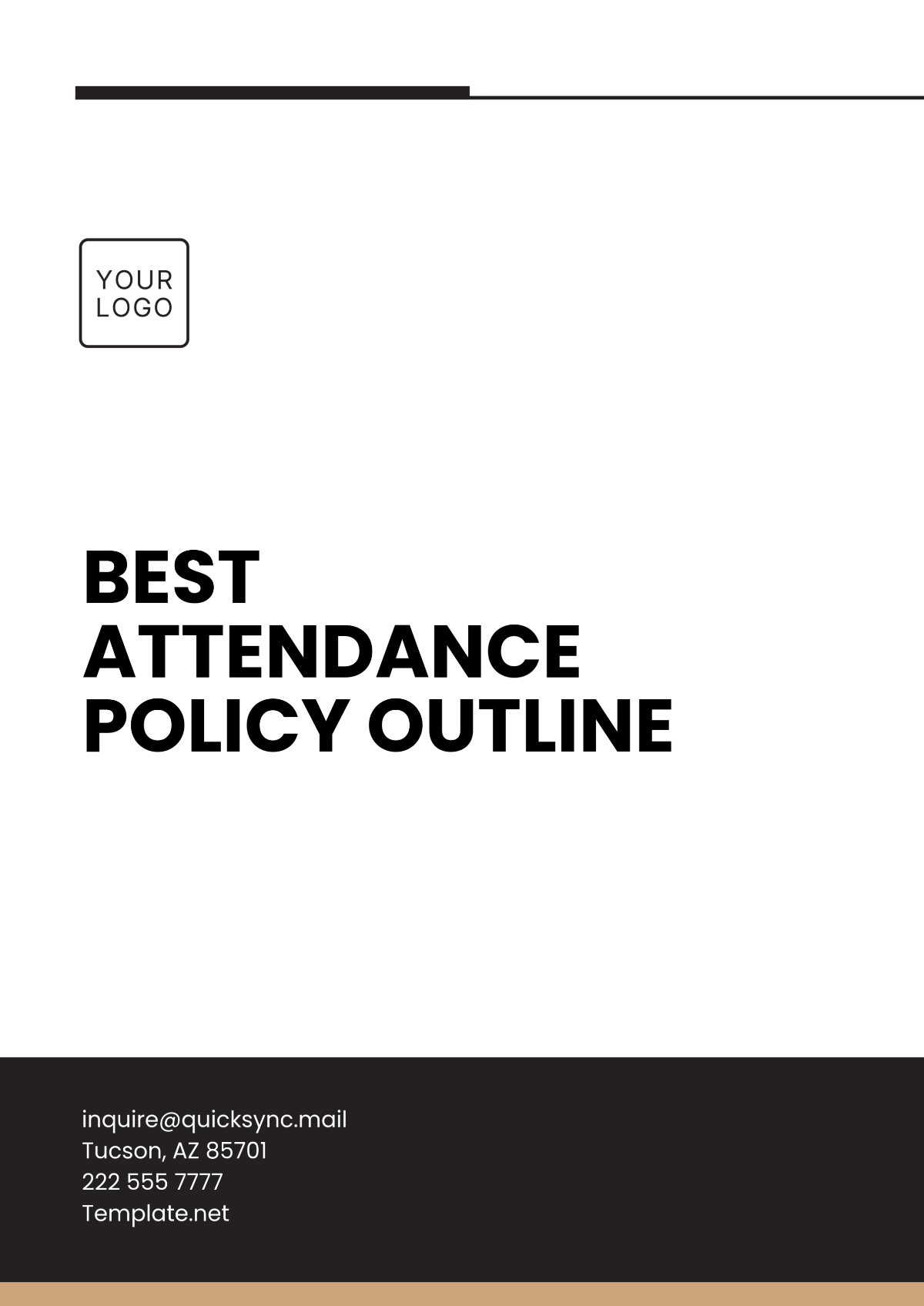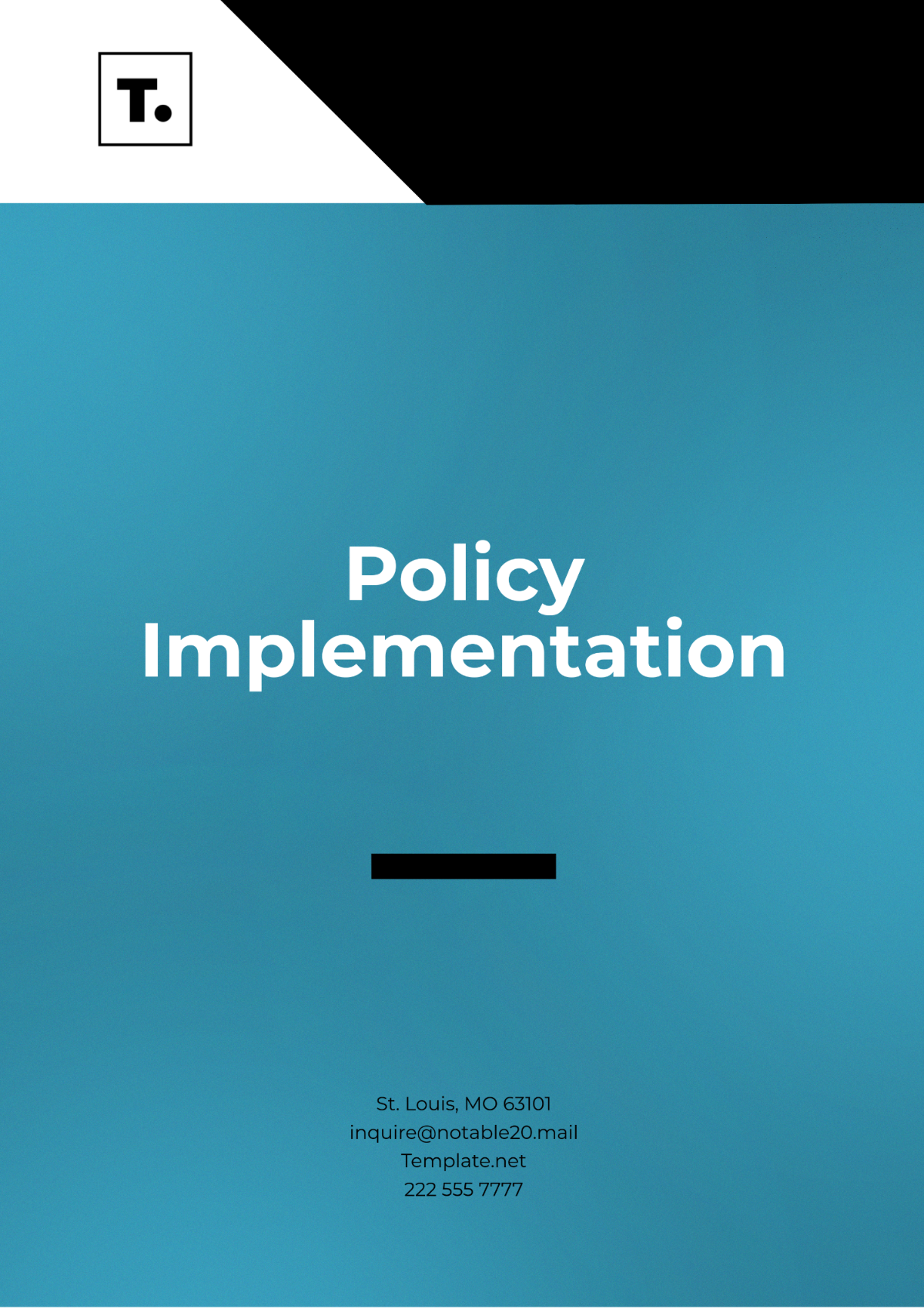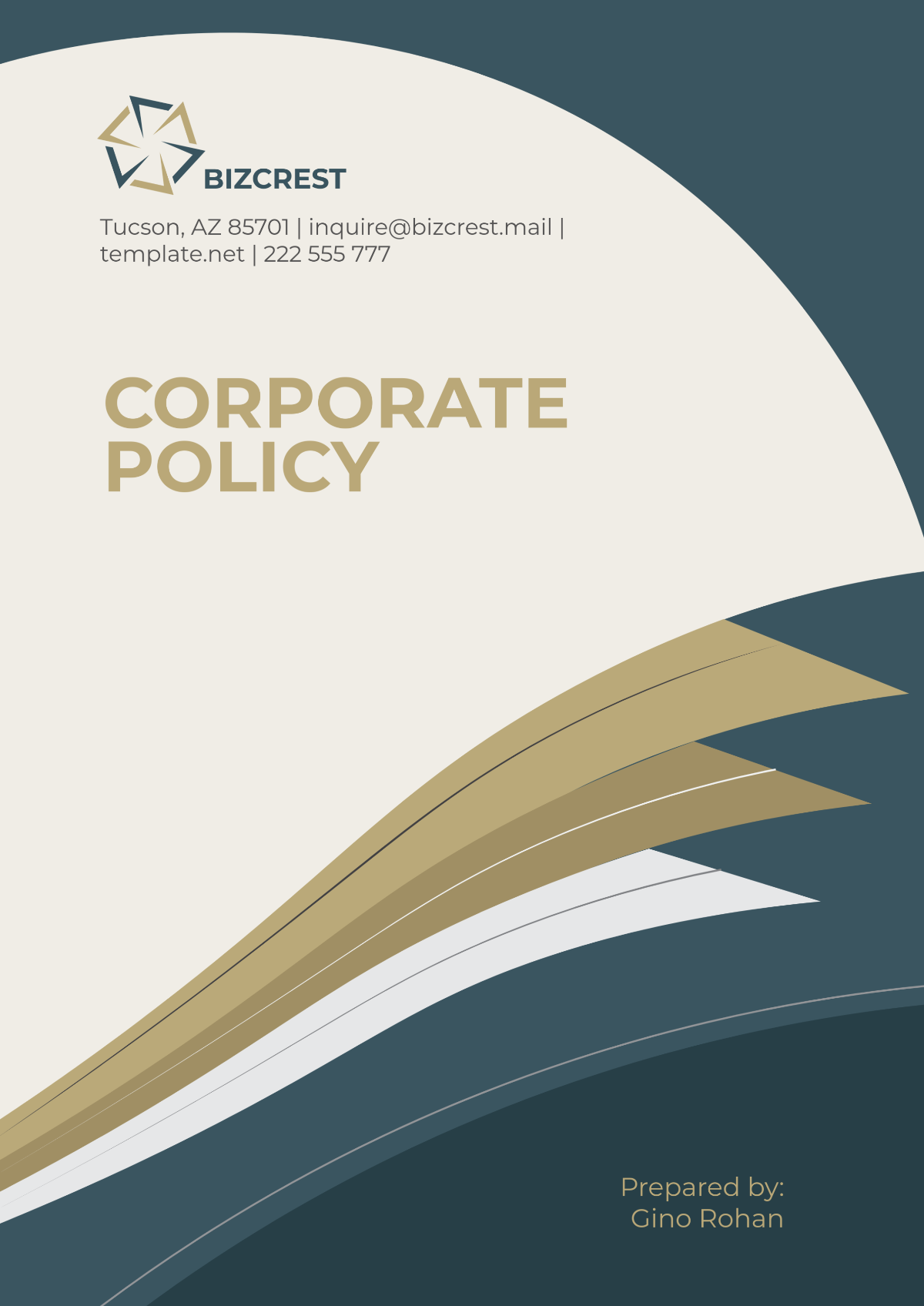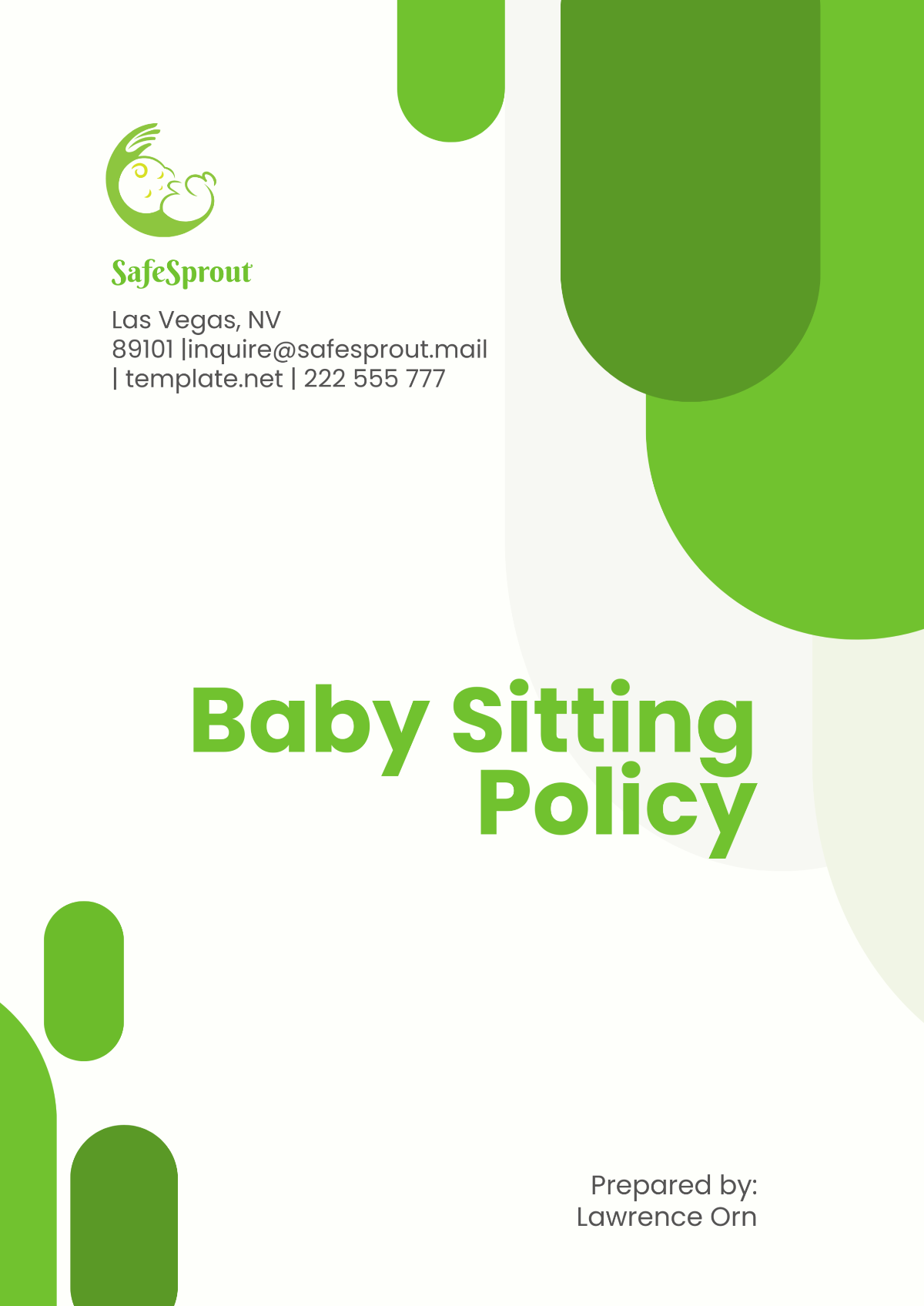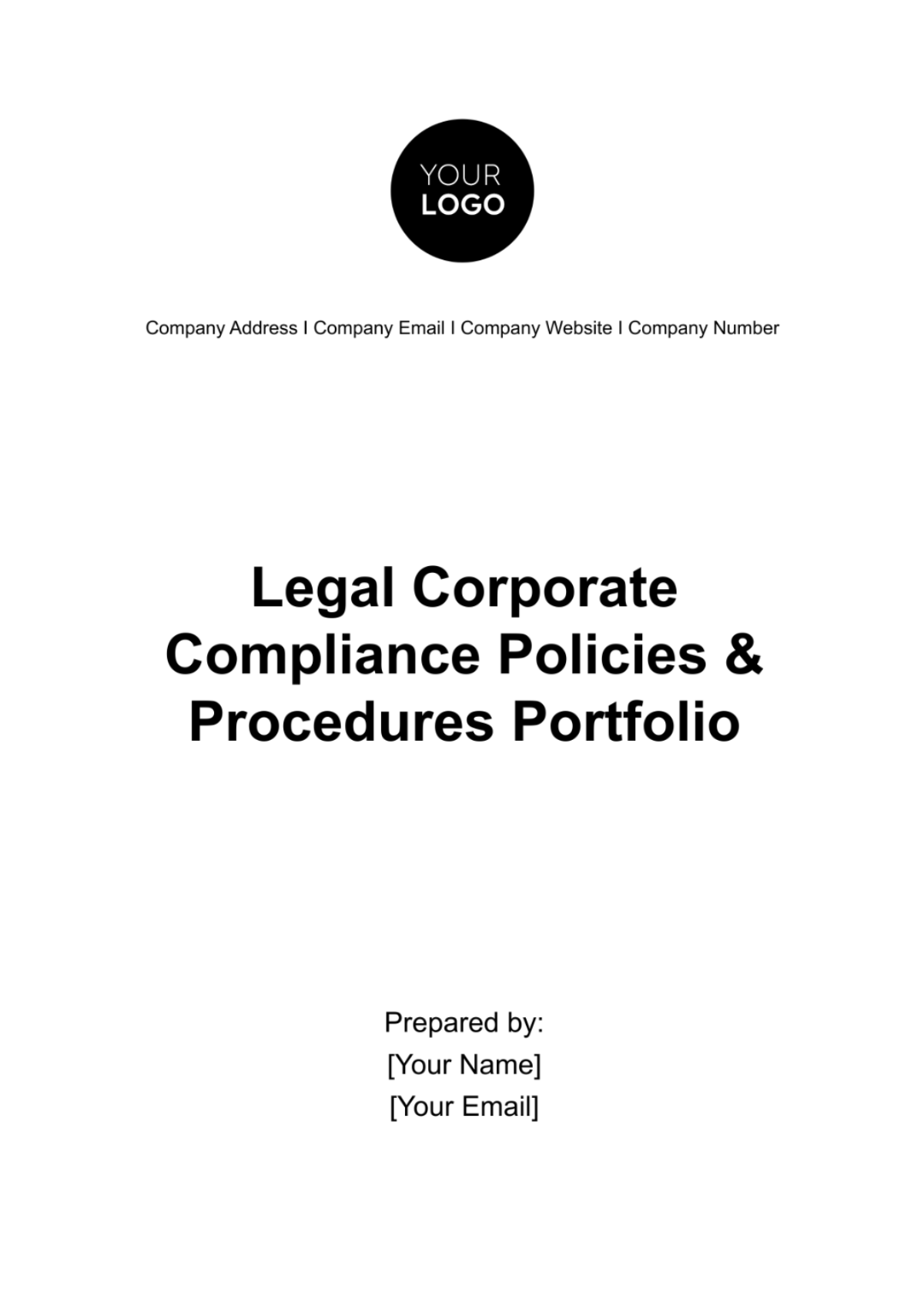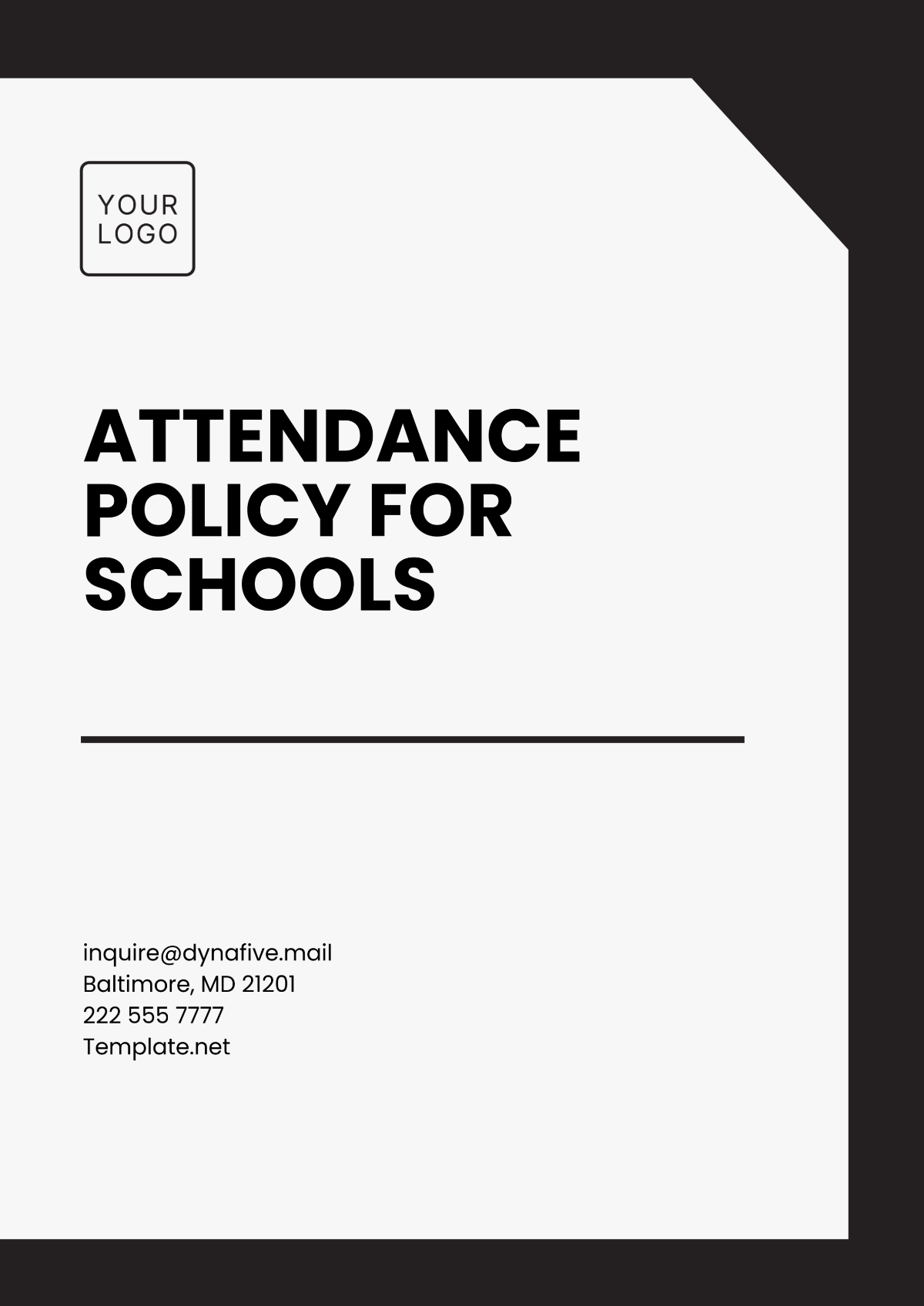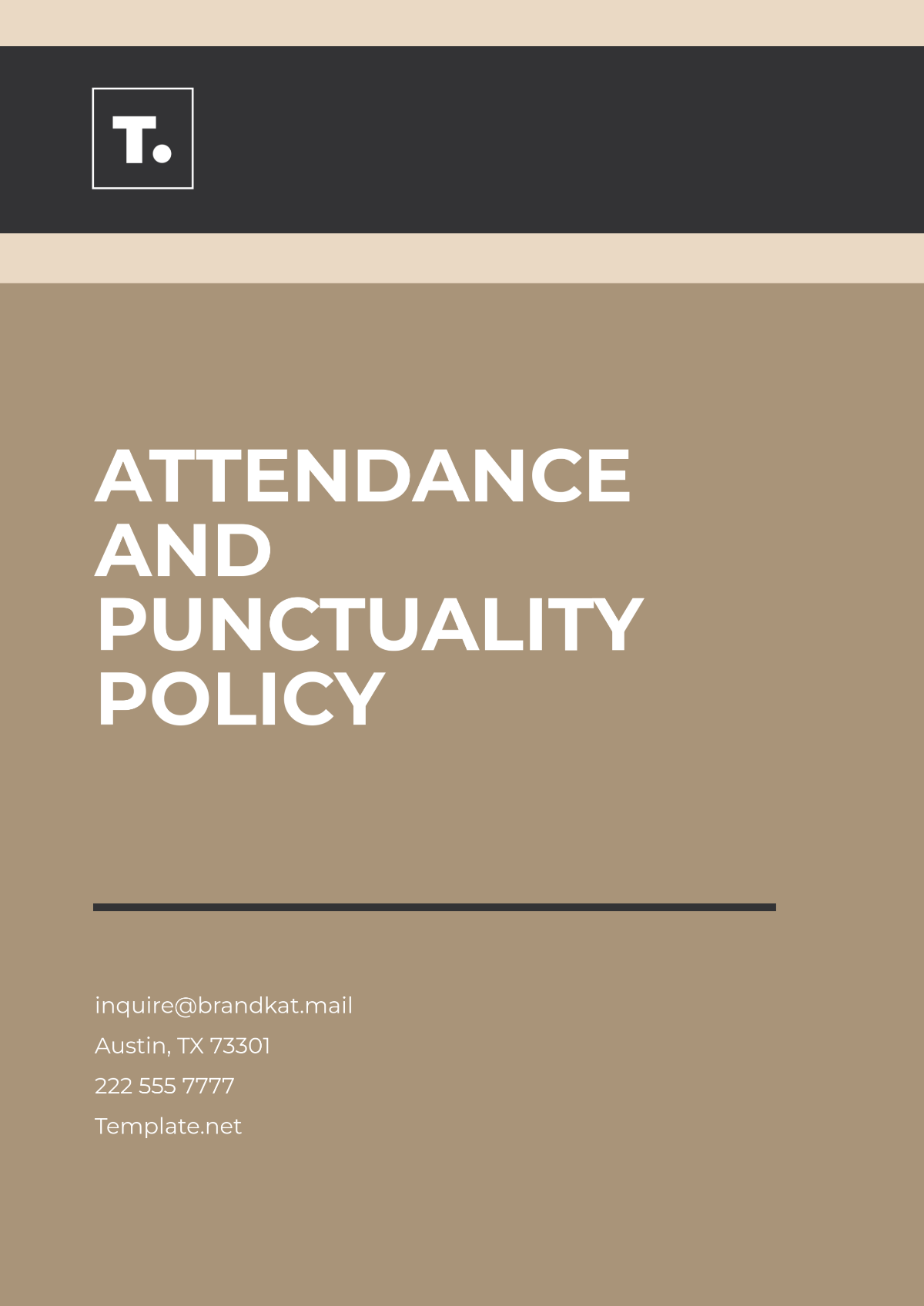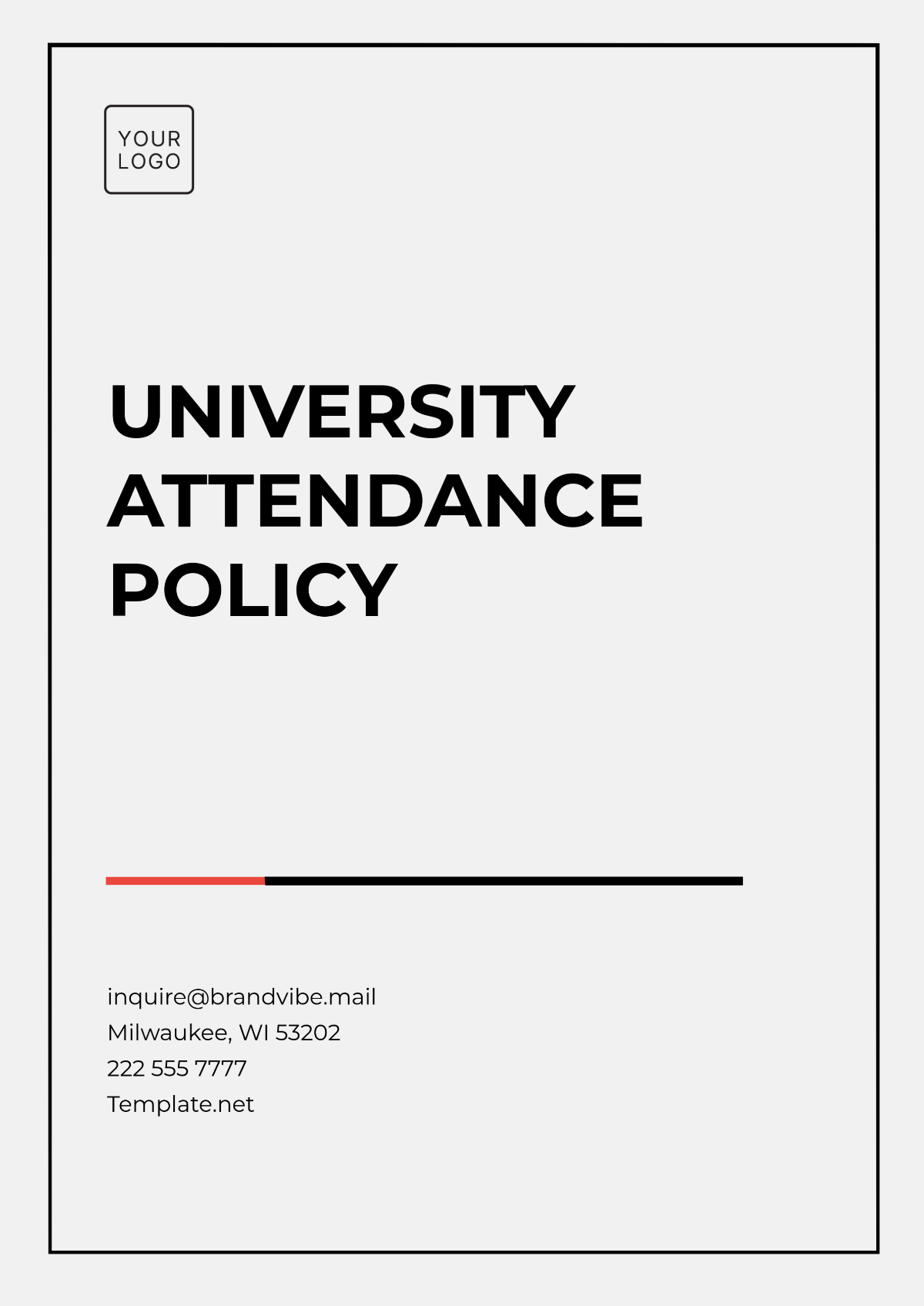Administration Policy
I. Introduction
Efficient administration is the backbone of a successful company. For [Your Company Name], maintaining streamlined, well-defined administrative processes is essential to ensuring the smooth running of both internal operations and client services. This policy outlines the standards, procedures, and responsibilities that will guide our administrative operations, ensuring compliance, transparency, and efficiency.
II. Scope and Purpose
This policy applies to all administrative functions within [Your Company Name], including internal office management, client service administration, staff coordination, record-keeping, and communication. The purpose of this policy is to ensure that all administrative processes are consistent, effective, and in compliance with legal requirements, fostering a professional environment that supports both employees and clients.
III. Administrative Roles and Responsibilities
Clear delineation of roles and responsibilities is critical for effective administration. This section defines the roles within the administration department and outlines the responsibilities associated with each role, ensuring accountability and transparency across all administrative functions.
Administrative Manager: The Administrative Manager oversees all administrative functions, ensuring compliance with company policies and legal requirements. They are responsible for managing staff, implementing office procedures, and ensuring that administrative goals align with the company's broader objectives.
Administrative Assistant: The Administrative Assistant provides essential support in maintaining office efficiency, handling correspondence, scheduling meetings, and ensuring that records are updated and maintained accurately.
Office Clerk: The Office Clerk handles day-to-day clerical tasks such as filing, typing, copying, and data entry, ensuring that administrative operations run smoothly and efficiently.
IT and Support Staff: Responsible for maintaining the technological infrastructure of the company, IT staff ensure that all office equipment and digital systems are functioning properly and securely, supporting the smooth execution of administrative tasks.
IV. Record Management and Documentation
Accurate and secure record-keeping is fundamental to maintaining the integrity of administrative operations. This section outlines the company’s procedures for managing both physical and digital records, ensuring they are stored, accessed, and disposed of in accordance with company standards and legal regulations.
Document Creation and Filing: All company documents should be created following standardized templates and properly labeled. Documents must be categorized by department and project, ensuring easy retrieval and reference.
Retention Policy: Company records must be retained for the duration required by law and company policy. Digital documents should be securely stored in cloud systems with appropriate access controls, while physical records should be filed in designated secure locations.
Confidentiality and Access: Access to company documents will be restricted based on the nature of the document and the role of the employee. Confidential records, such as financial documents or client agreements, will have limited access to authorized personnel only.
Disposal of Records: Once a document has reached the end of its retention period, it must be disposed of securely. Digital records must be permanently deleted from systems, and physical documents must be shredded to protect sensitive information.
V. Communication and Coordination
Effective communication is vital to ensuring smooth operations within the administrative department and between different company units. This section provides guidelines on communication channels, frequency, and protocols to ensure transparency and clarity in all operations.
Internal Communication: All internal communications should take place via approved channels such as company emails, messaging platforms, or scheduled meetings. Departments should regularly coordinate to ensure alignment on ongoing projects and deadlines.
Client Communication: Client communication should follow a professional tone and adhere to company standards. Emails, reports, and other client-facing documents should be reviewed by a senior administrator before dispatching to ensure accuracy and professionalism.
Meeting Schedules and Coordination: Regular meetings between administrative staff should be scheduled to discuss ongoing projects, operational issues, and client updates. A quarterly all-staff meeting will also be held to align company-wide objectives and resolve any systemic challenges.
Crisis Management Communication: In the event of an emergency or significant operational disruption, the Administrative Manager will initiate the crisis communication protocol. This involves the immediate notification of relevant staff and clients, followed by clear instructions and updates until the issue is resolved.
VI. Budgeting and Resource Allocation
The efficient management of company resources ensures the sustainable operation of [Your Company Name]. This section outlines the budgeting procedures for the administrative department and establishes guidelines for resource allocation to ensure that all departments receive the necessary support to perform their duties effectively.
Budget Planning: At the beginning of each fiscal year, the Administrative Manager will work with the Finance Department to prepare the department’s budget. This will include projected expenses for office supplies, equipment, staff salaries, and any additional costs associated with client services.
Resource Allocation: Resources will be allocated based on the priorities of the company and the department’s needs. Regular evaluations will be conducted to ensure that resources are used efficiently and appropriately.
Cost Monitoring: The Administrative Manager will track all expenditures against the budget throughout the year, reporting any significant variances to the Finance Department.
Contingency Planning: A portion of the budget will be reserved for unforeseen expenses, such as emergency equipment repairs or additional staffing needs.
VII. Performance Evaluation
Regular evaluation of administrative performance ensures continuous improvement and aligns with the company's broader goals. This section provides the process for performance reviews and key performance indicators (KPIs) for the administrative staff.
Annual Performance Reviews: Each member of the administrative team will undergo an annual performance review. These reviews will assess performance based on efficiency, accuracy, teamwork, and ability to meet deadlines.
KPIs: Key performance indicators for administrative staff include turnaround time for document processing, client satisfaction ratings, adherence to company protocols, and effective use of company resources.
Feedback Mechanism: Employees will be given the opportunity to provide feedback during the evaluation process. This input will be used to improve operational procedures and employee satisfaction.
Training and Development: Based on performance reviews, employees may be provided with additional training or development opportunities to address any identified areas for improvement.
VIII. File Management Guidelines
Effective file management is critical to the efficient operation of the company. Proper guidelines must be in place to ensure that all documents are managed systematically and securely.
File Classification: Files should be classified based on their purpose and department. Categories include finance, HR, client contracts, operational documents, and correspondence.
File Access and Security: Access to files should be limited based on the role and needs of the staff. Sensitive files, such as client contracts and financial records, should have restricted access.
File Retention Periods: Documents should be retained for the required duration as mandated by law. Once the retention period has expired, proper disposal procedures should be followed.
File Type | Retention Period |
|---|---|
Financial Records | 7 years |
Employee Records | 5 years post-termination |
Client Contracts and Agreements | 6 years post-expiration |
Project Documentation | 3 years post-completion |
Legal Compliance Records | 10 years |
General Correspondence | 2 years |
Policies and Procedures | 5 years post-update |
Vendor Agreements | 6 years post-expiration |
Intellectual Property Documents | Permanent |
Meeting Minutes and Agendas | 5 years |
Document Version Control: Ensure version control for documents. The latest versions of files should be clearly marked, and any changes or updates must be documented to avoid confusion.
IX. Compliance and Legal Requirements
Adherence to legal standards is paramount for the integrity and reputation of [Your Company Name]. This section outlines the legal requirements relevant to administration and how the company ensures compliance across all functions.
Data Protection and Privacy: All company records and client information must comply with data protection regulations, including GDPR and local privacy laws. Any breaches or violations should be reported to the administrative lead immediately.
Health and Safety Compliance: The administrative team is responsible for ensuring that the company’s workplace adheres to health and safety regulations. Regular inspections and updates will be conducted to maintain compliance.
Record-Keeping Regulations: All financial and legal records must be maintained in compliance with relevant laws, including tax laws and contractual obligations.
Audit Procedures: The company will undergo annual audits to ensure that all administrative practices comply with legal and financial requirements.
X. Next Steps
This policy provides a framework for effective administration within [Your Company Name]. Moving forward, the company will focus on continuous improvement and monitoring of its administrative functions to maintain high standards of service and compliance.
Policy Review and Updates: This administration policy will be reviewed on an annual basis. Any updates or changes will be communicated to all staff to ensure continued compliance.
Implementation of New Technologies: The company will explore new technologies and automation tools to improve administrative efficiency. These changes will be implemented after a thorough evaluation.
Staff Training: Regular training sessions will be held to ensure that all administrative staff are familiar with company policies and any new procedures that are introduced.
Client Feedback Mechanism: A client feedback mechanism will be introduced to monitor satisfaction with administrative services and identify areas for improvement.
The Administration Policy for [Your Company Name] is designed to foster a structured, efficient, and compliant administrative process. The importance of adhering to record-keeping, budgeting, communication, and performance evaluation processes cannot be overstated, as they provide the foundation for smooth daily operations and long-term success. This policy will serve as a living document, adapting to the evolving needs of the company and ensuring that all administrative functions continue to support our business objectives.
